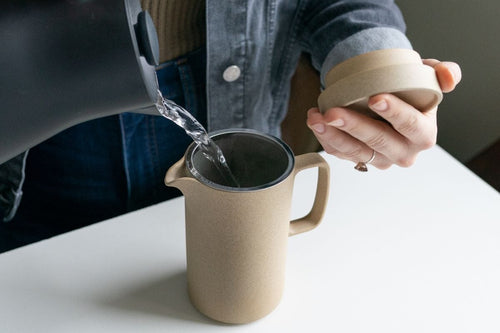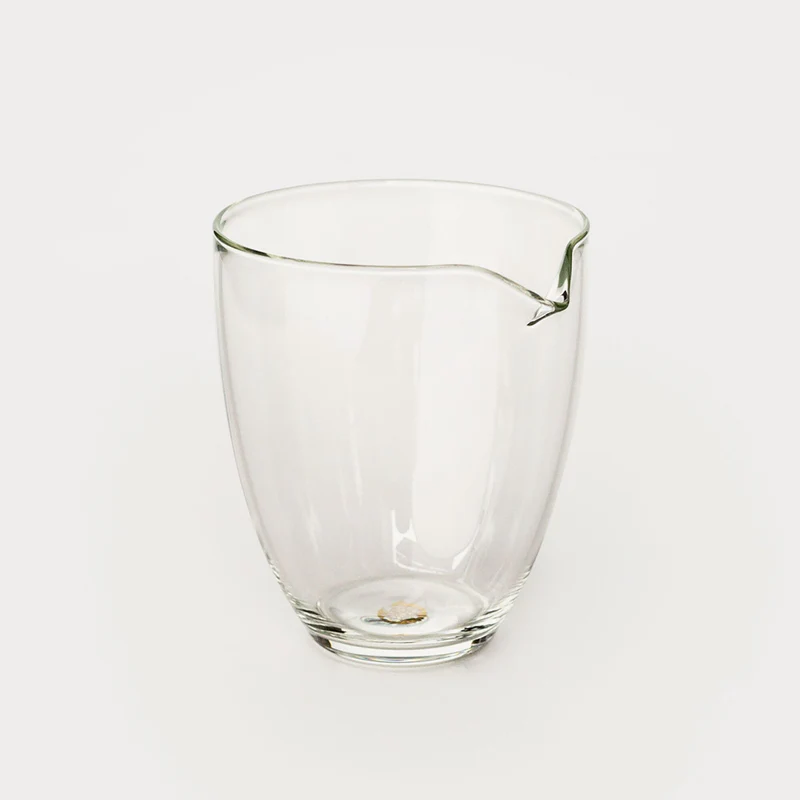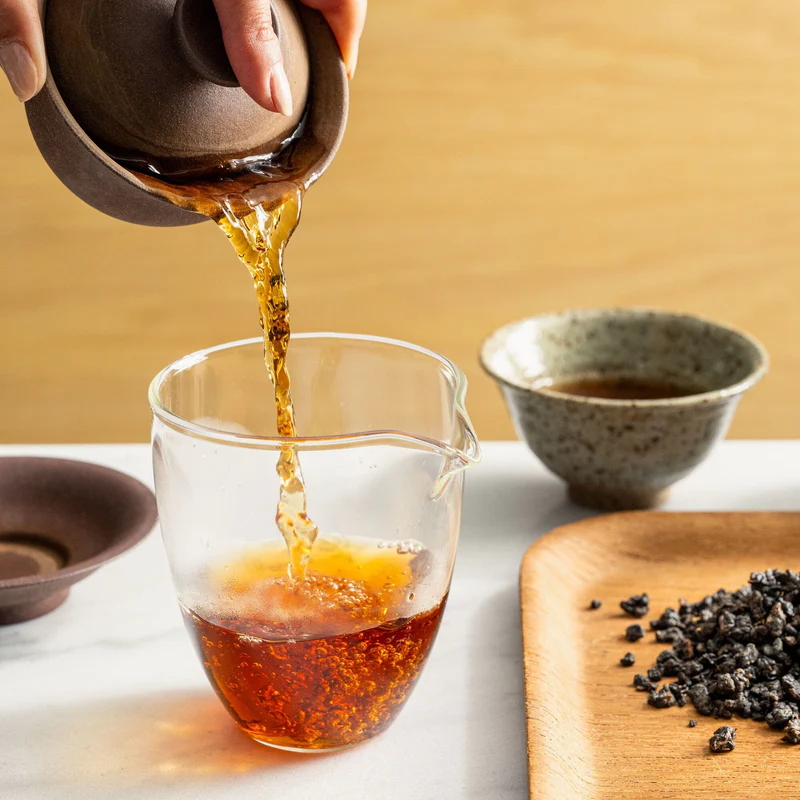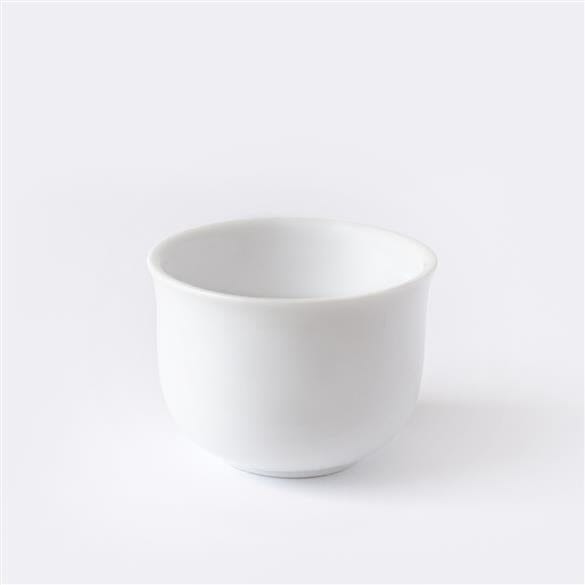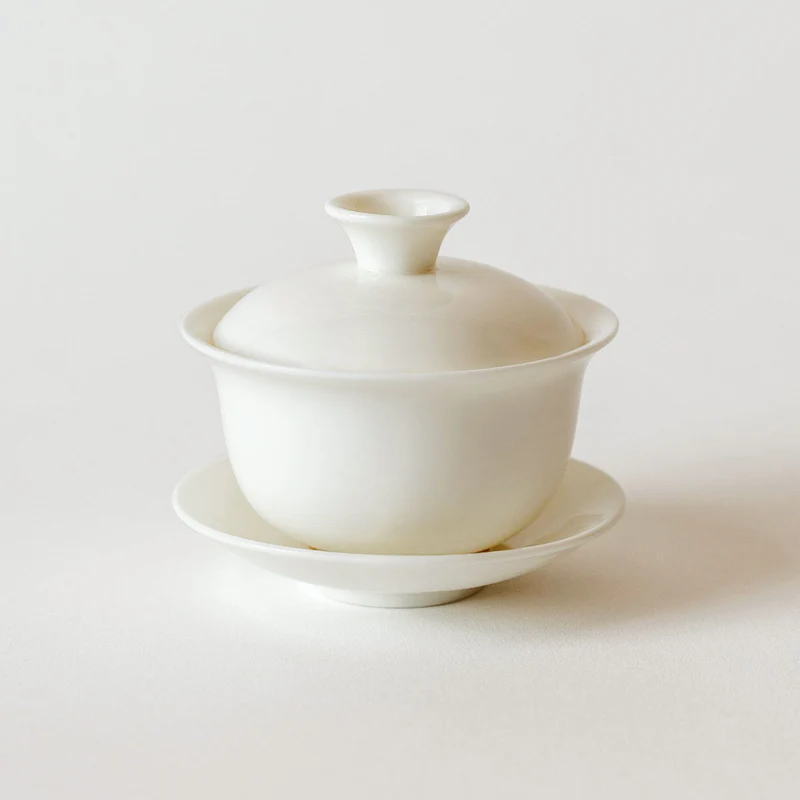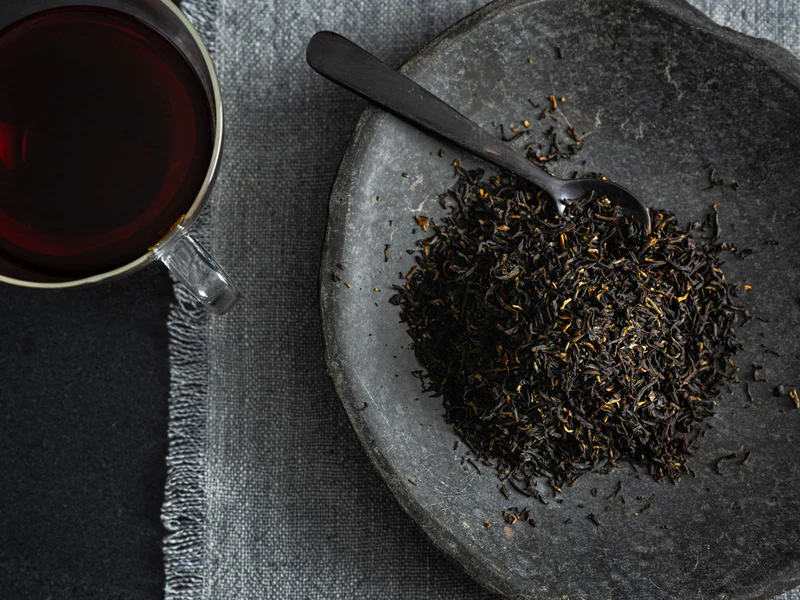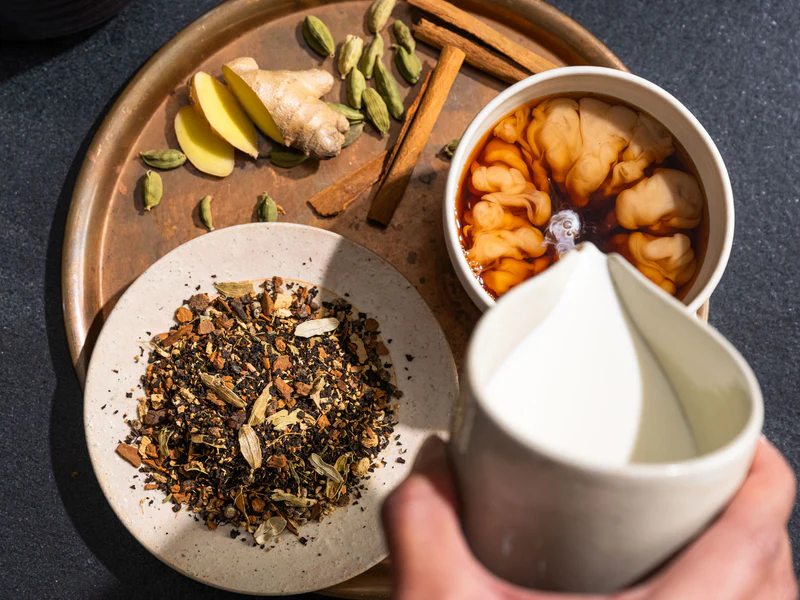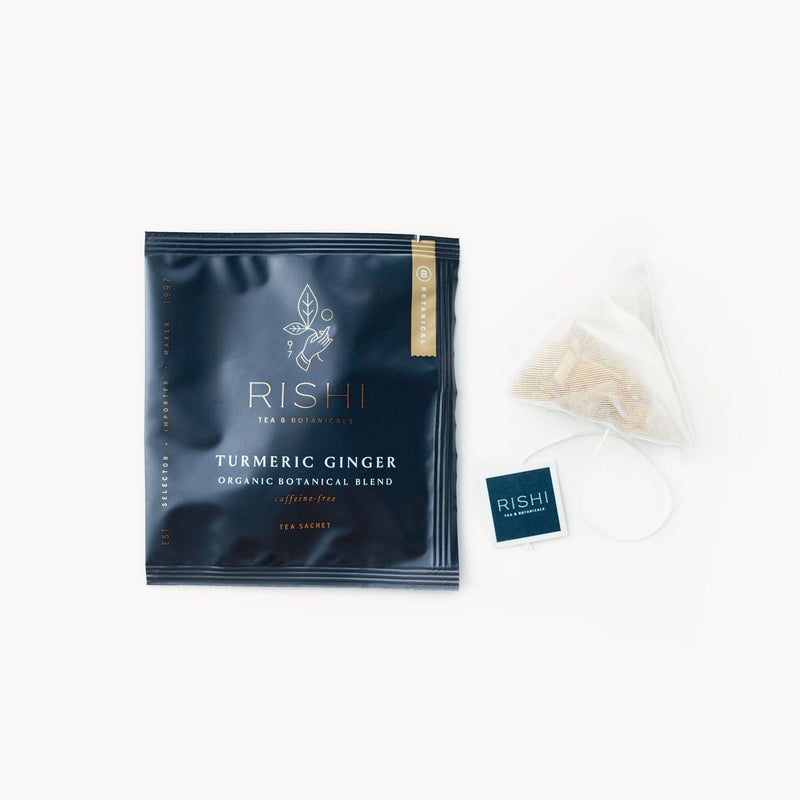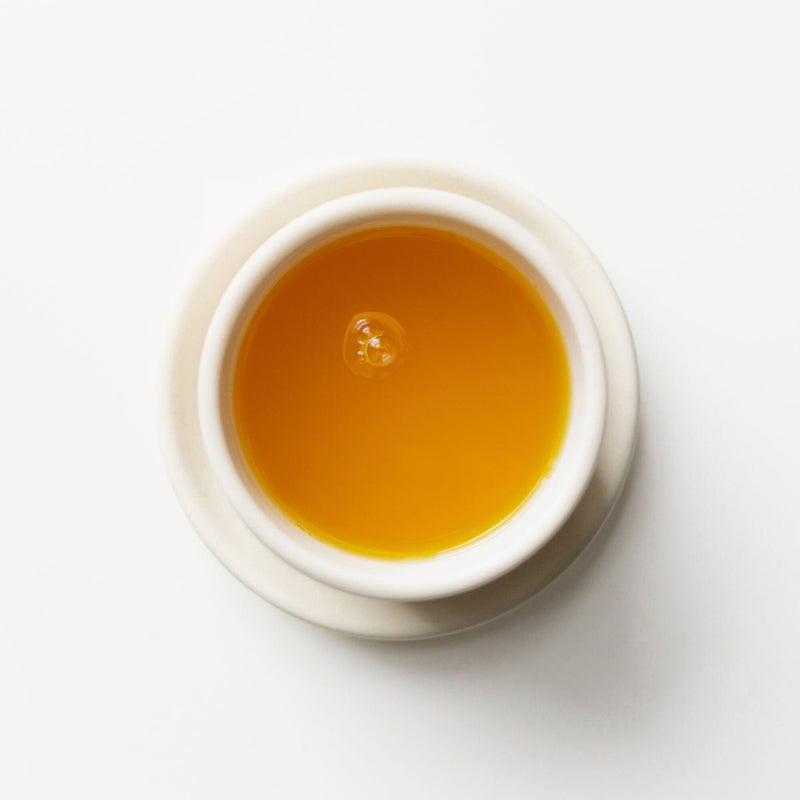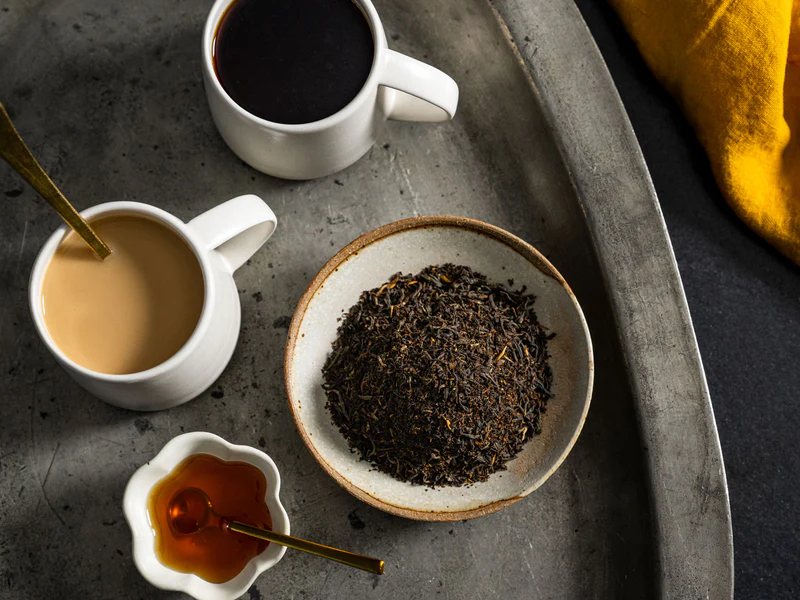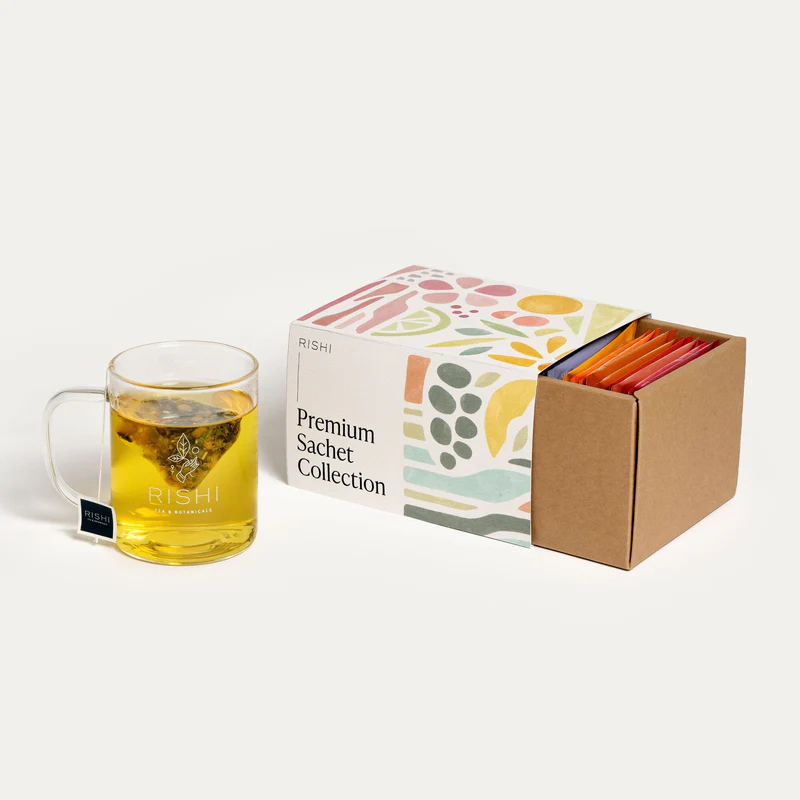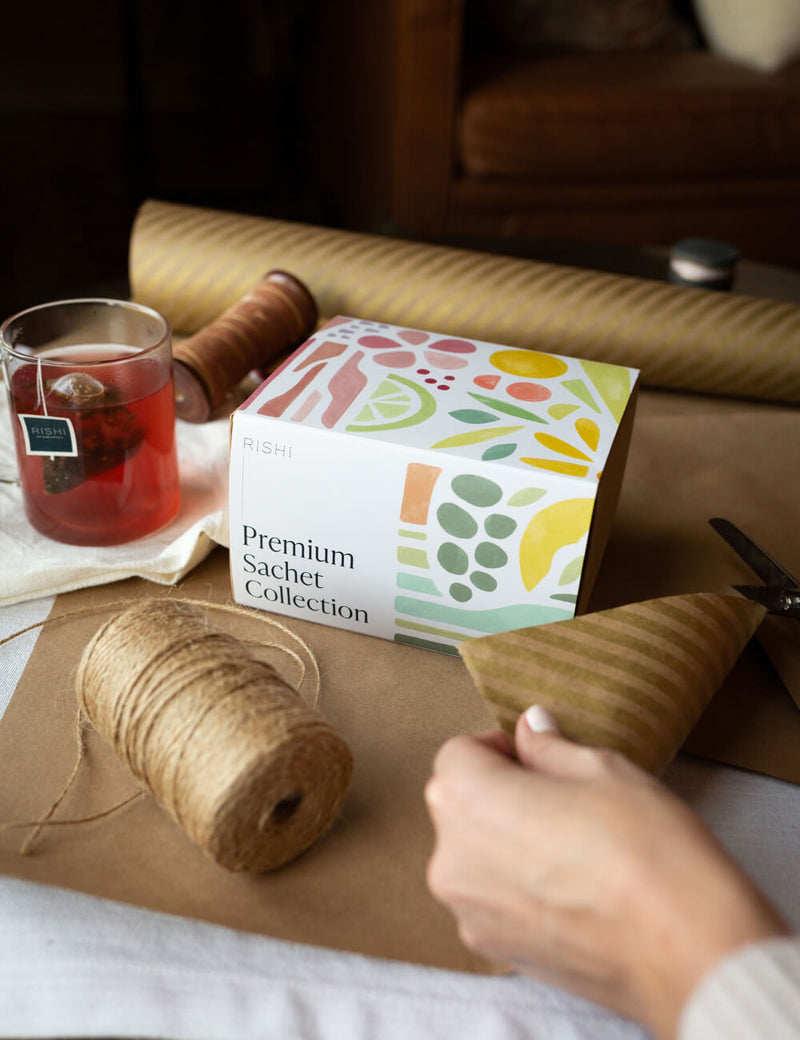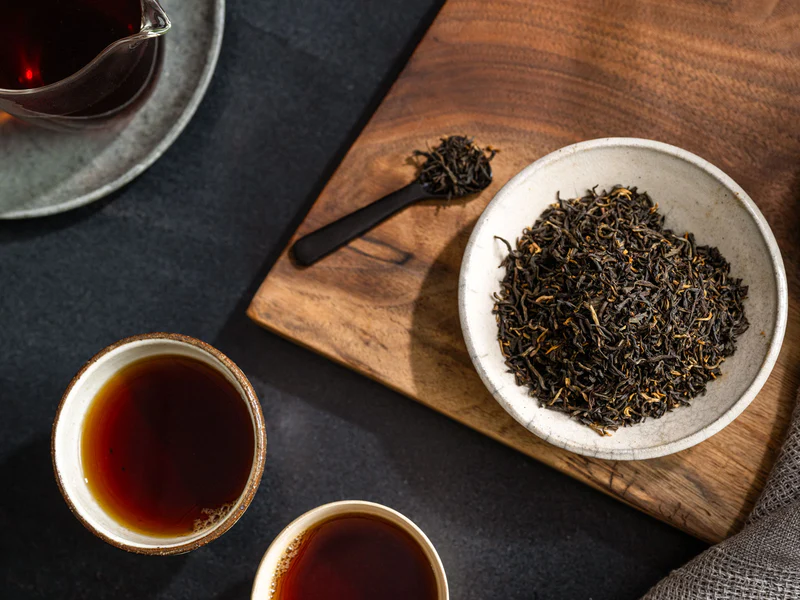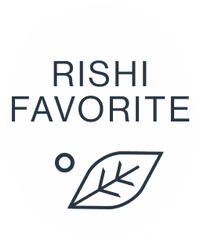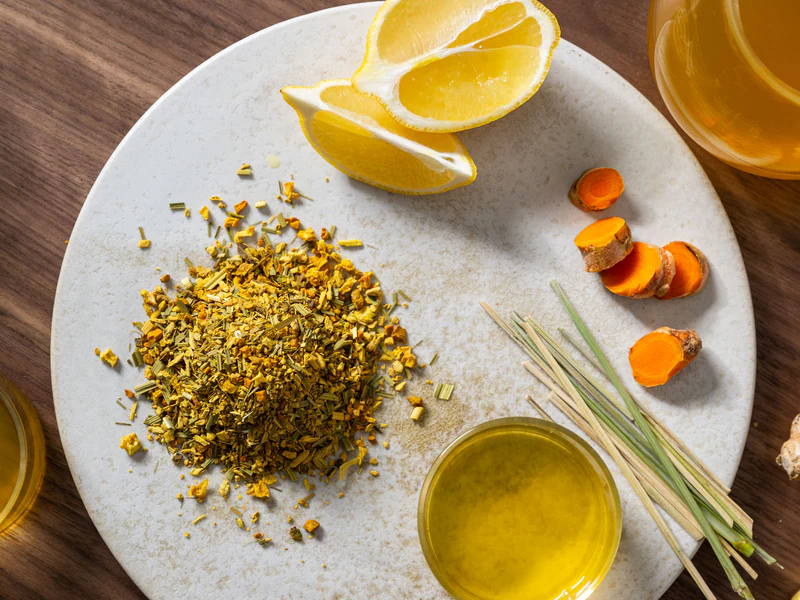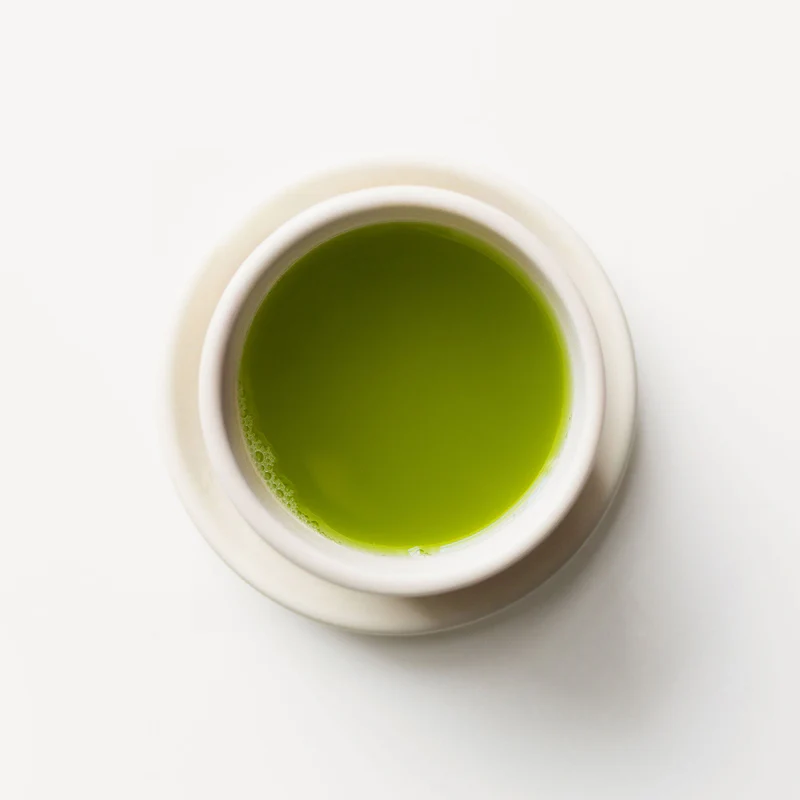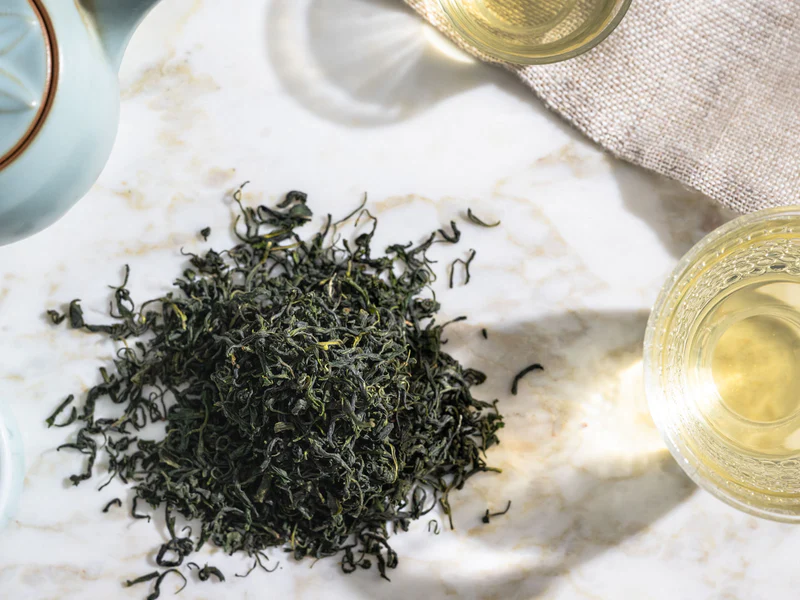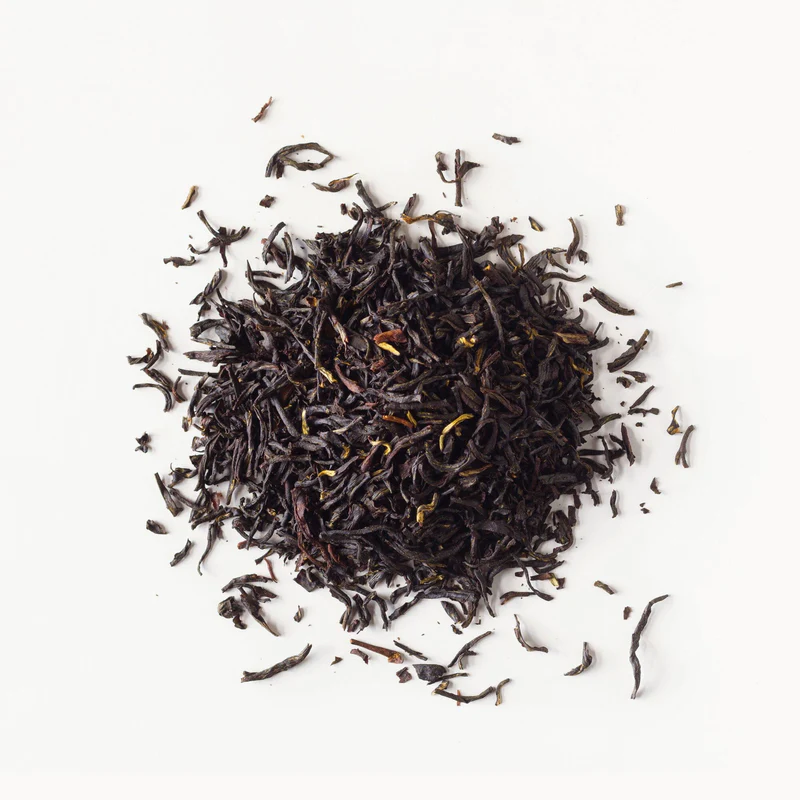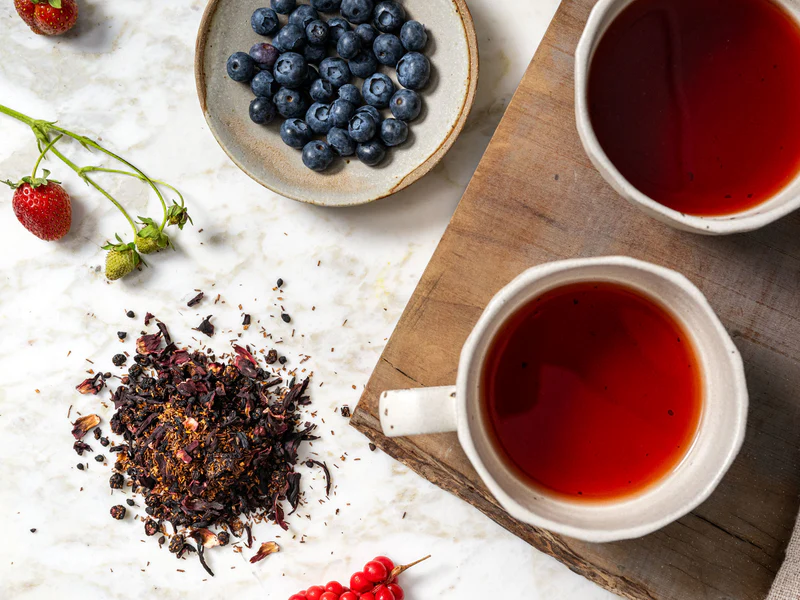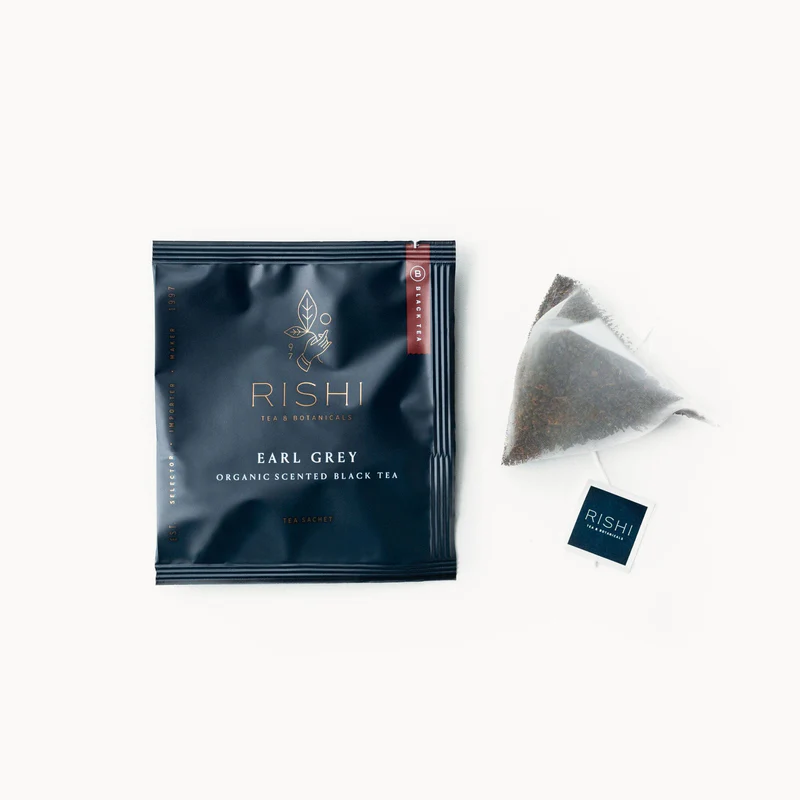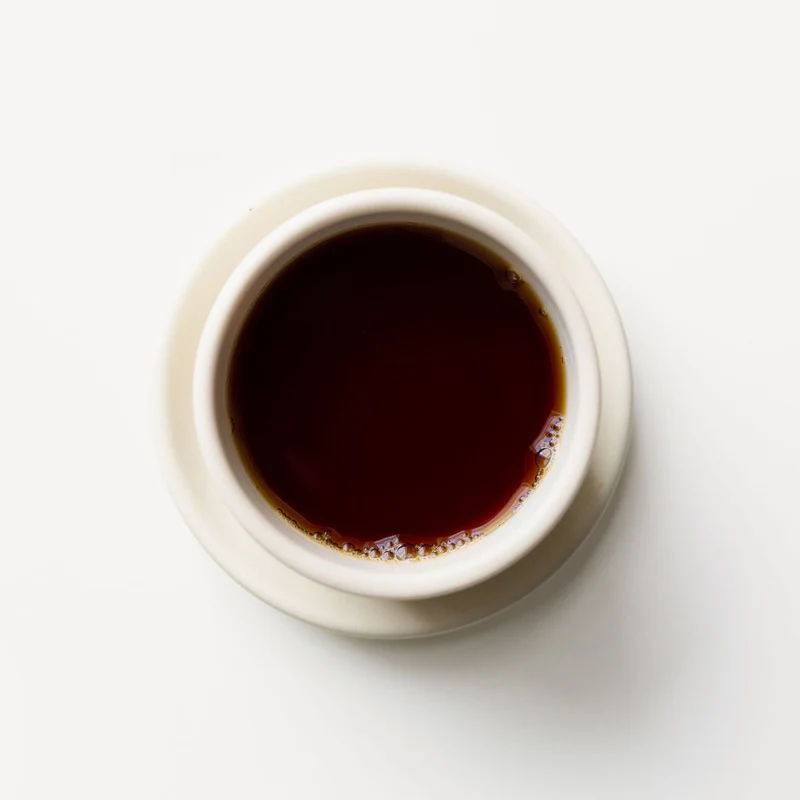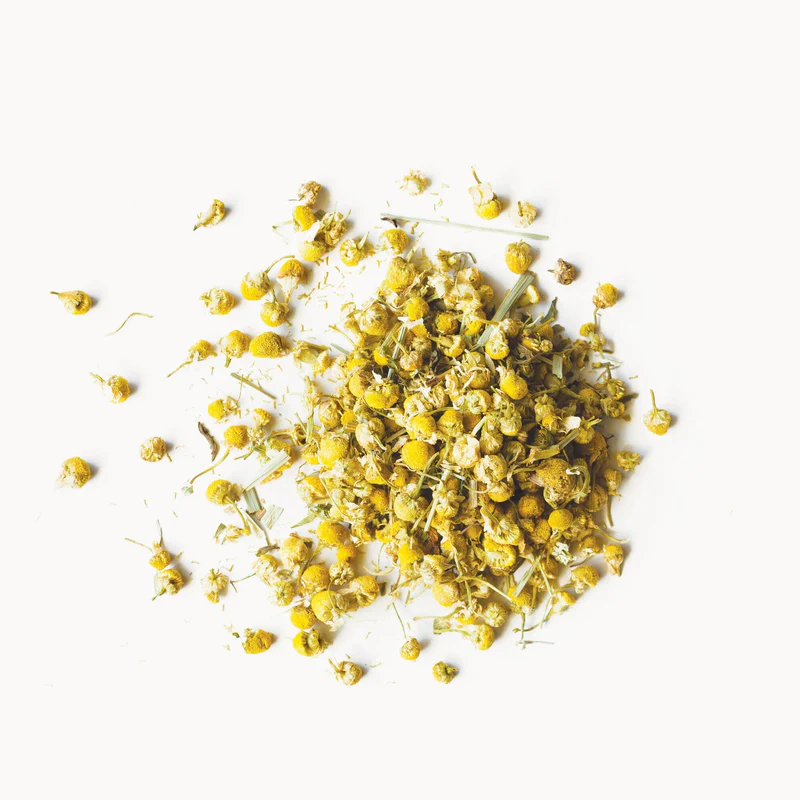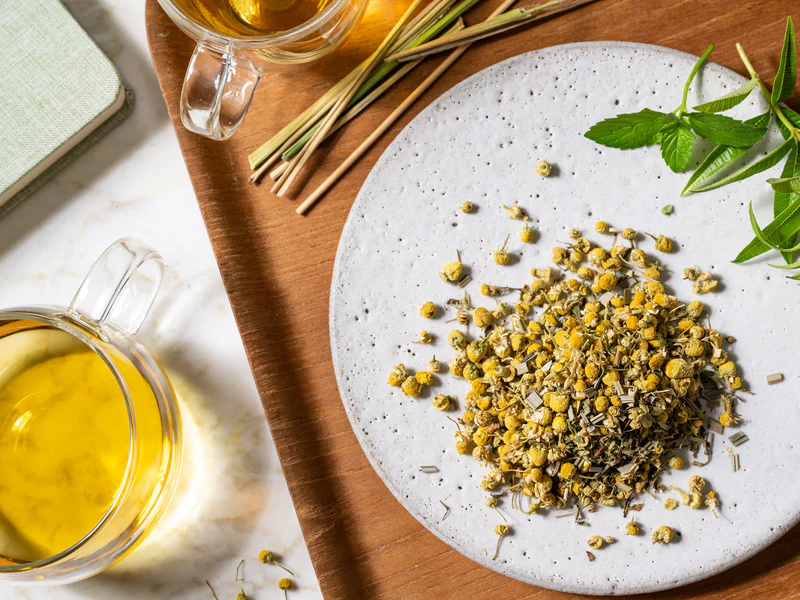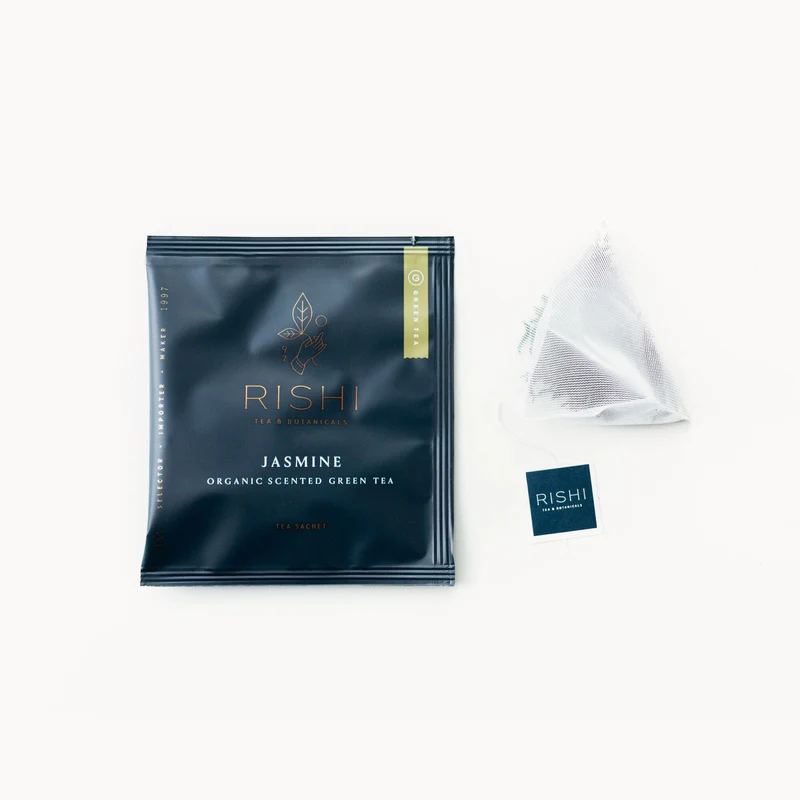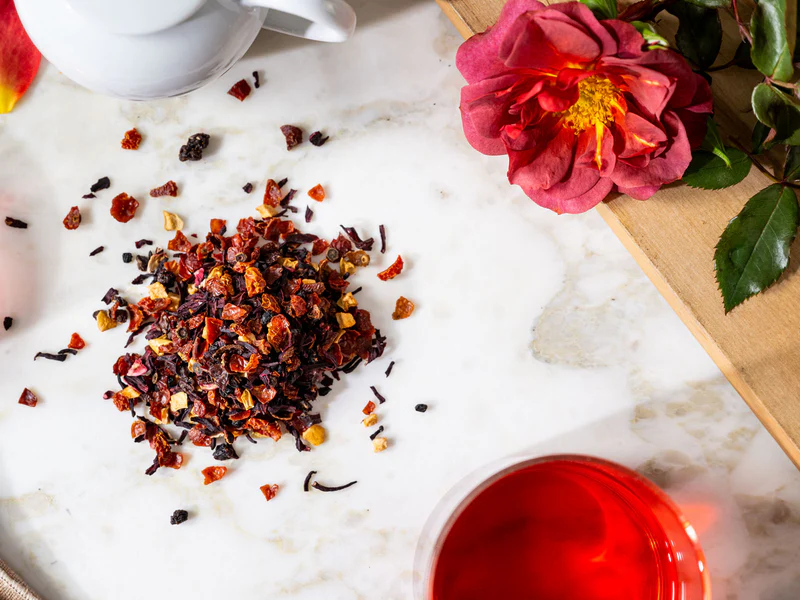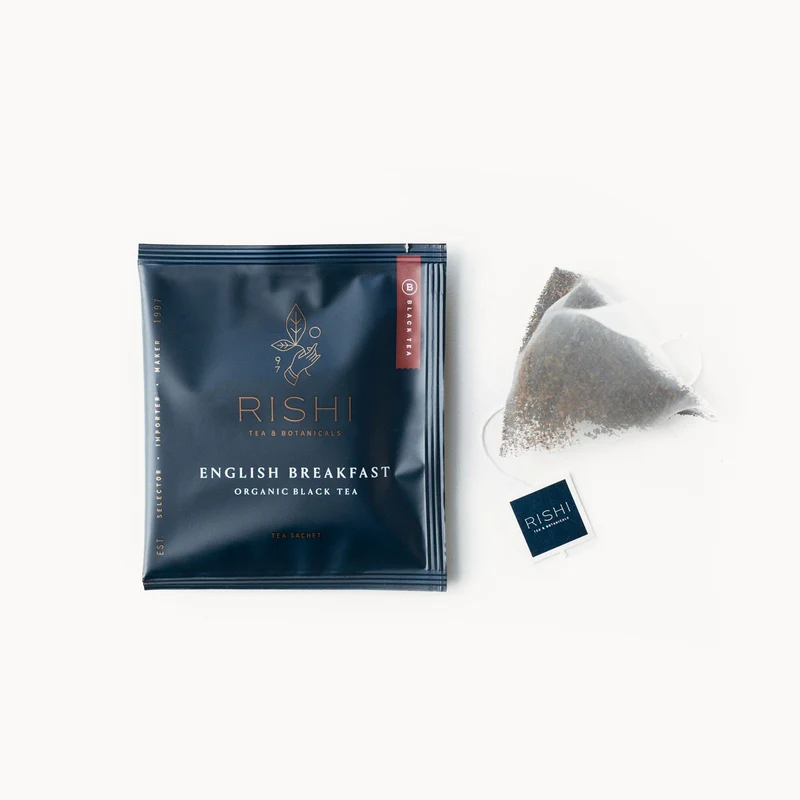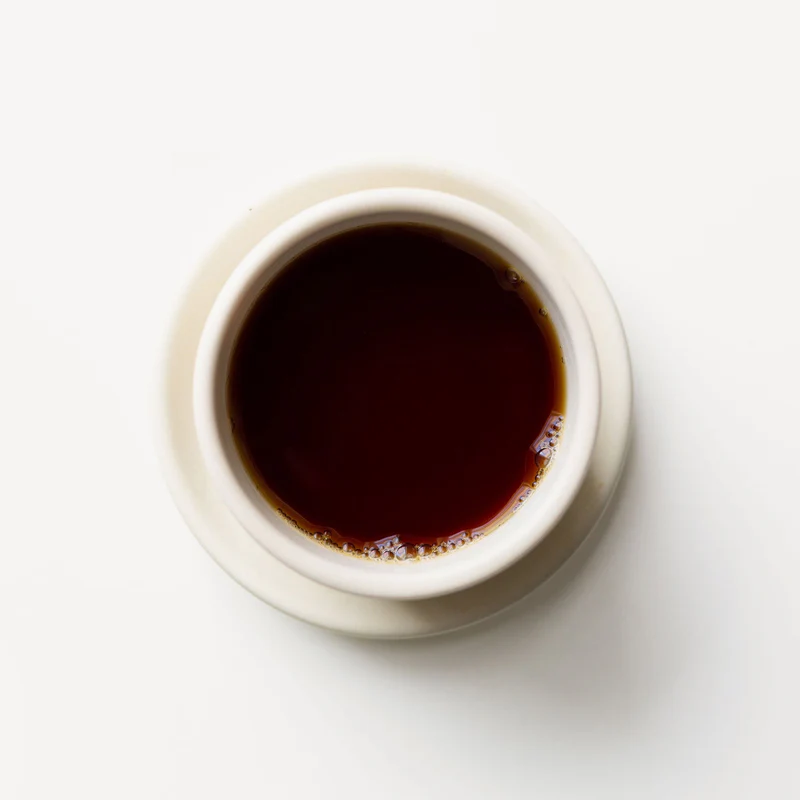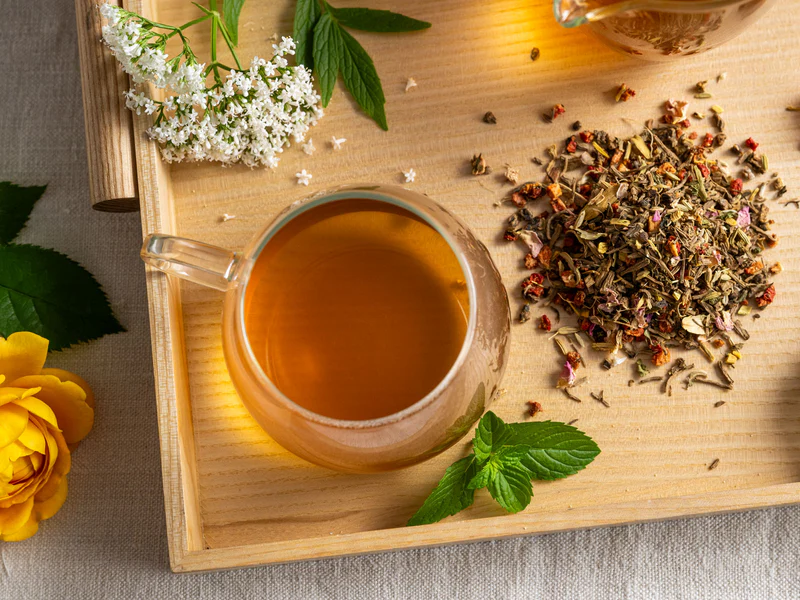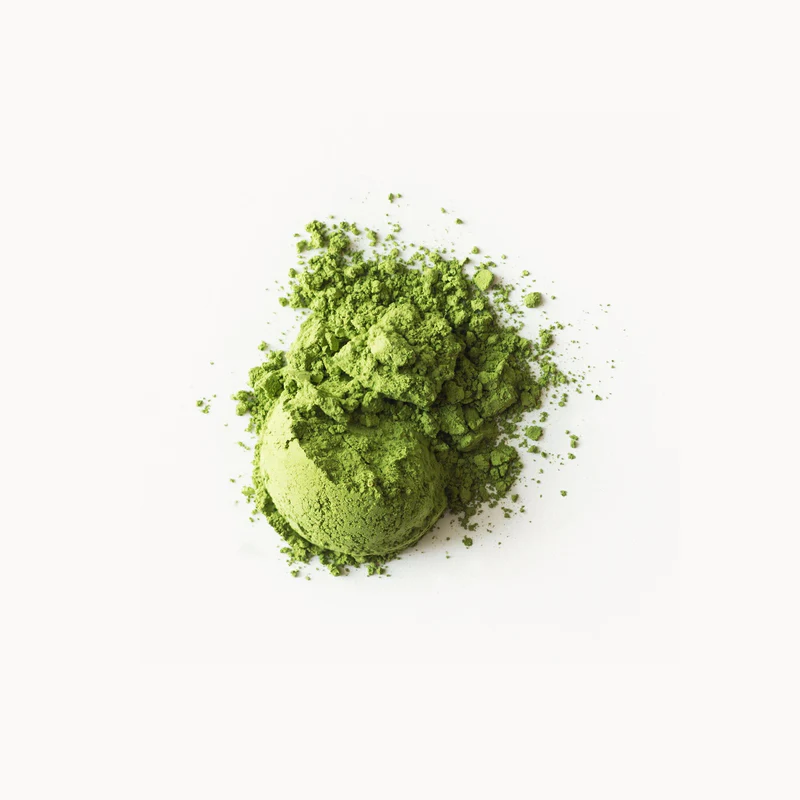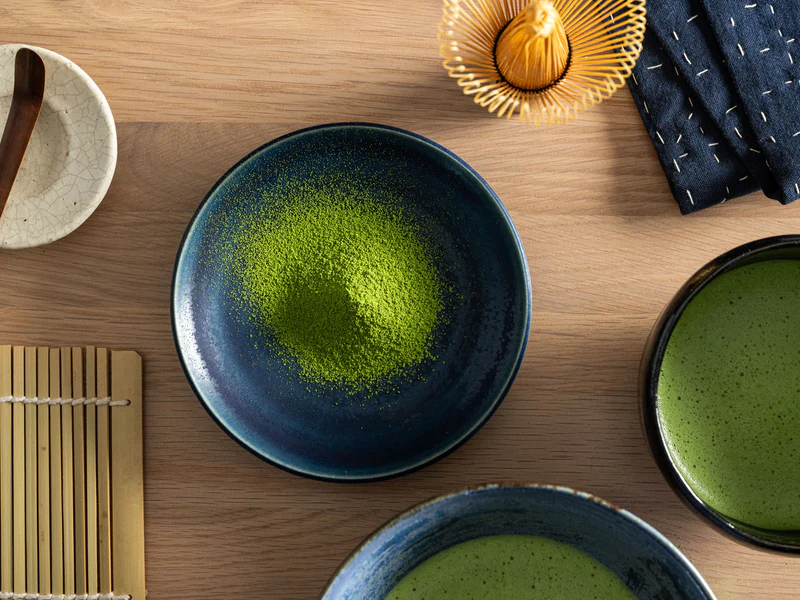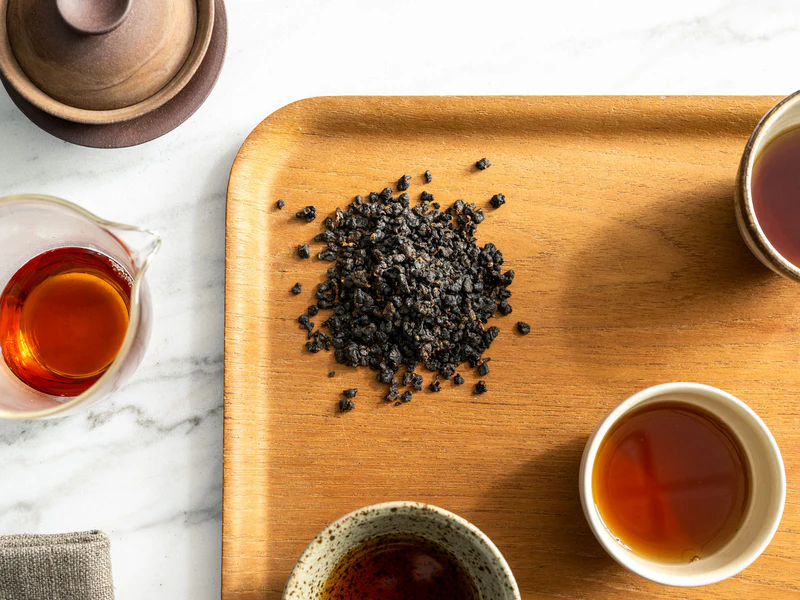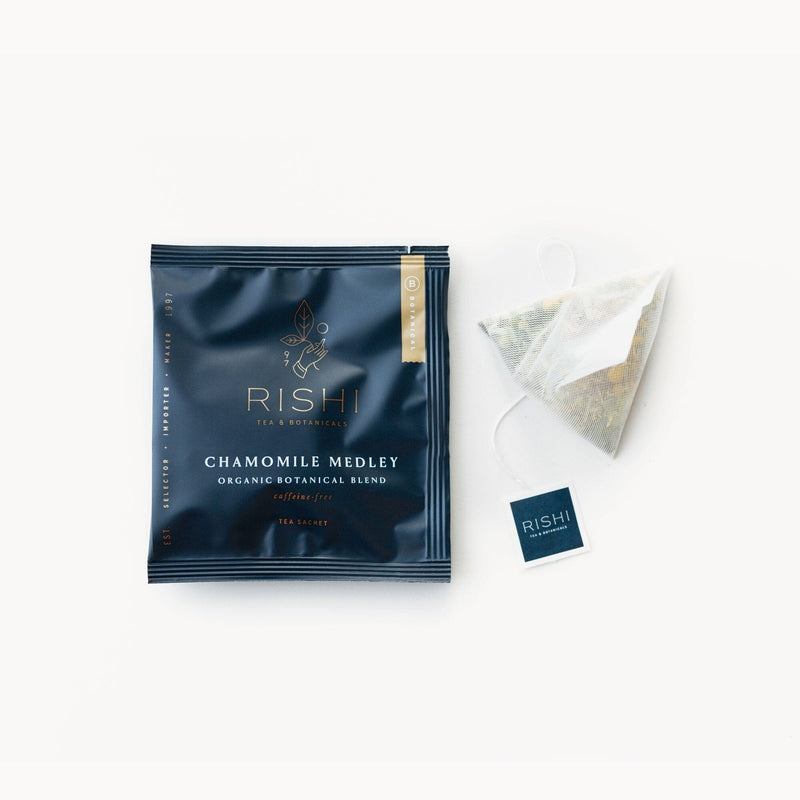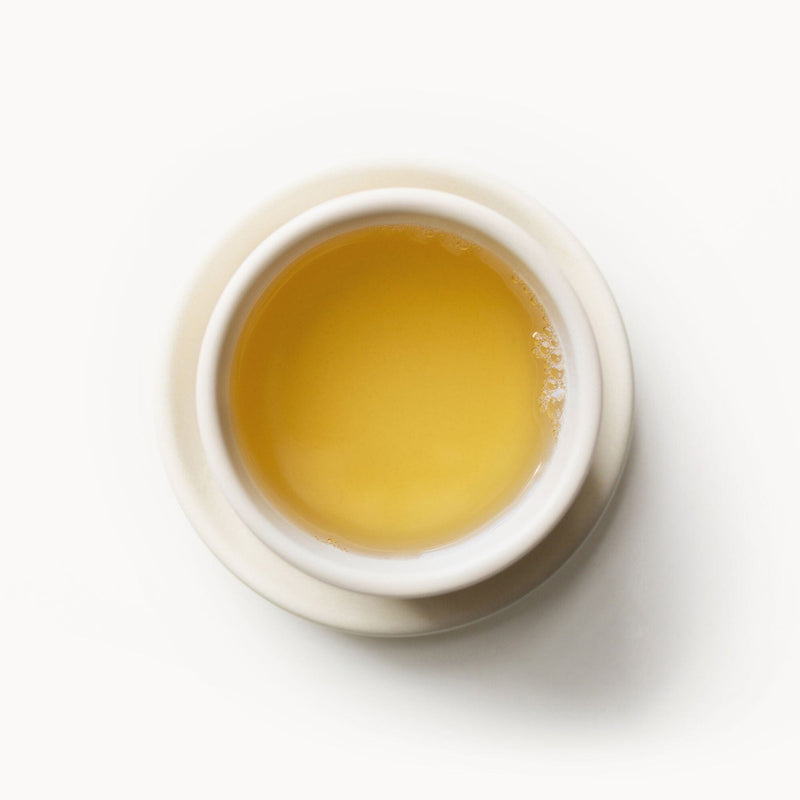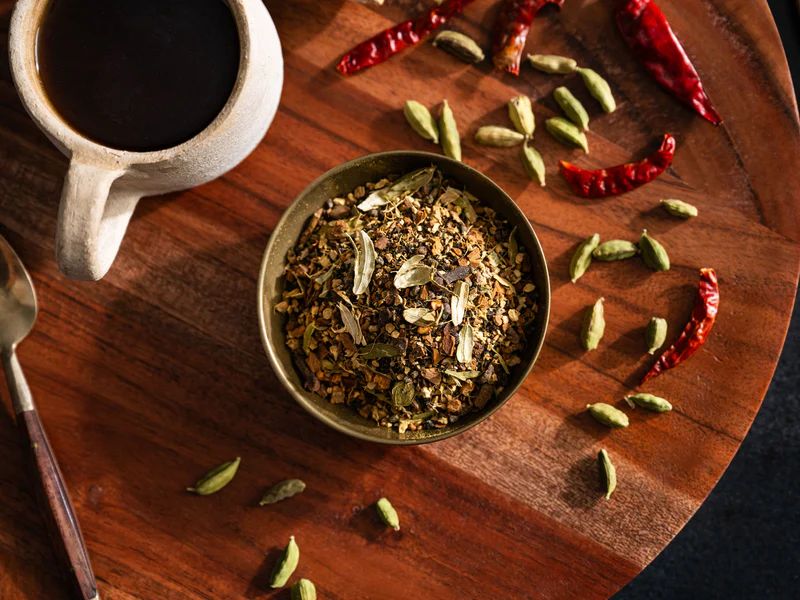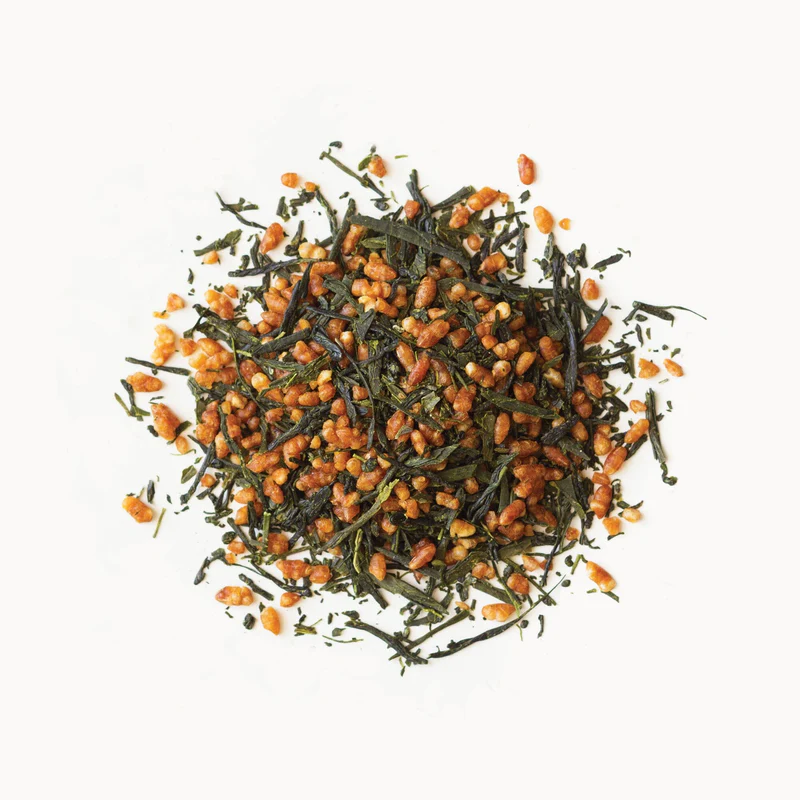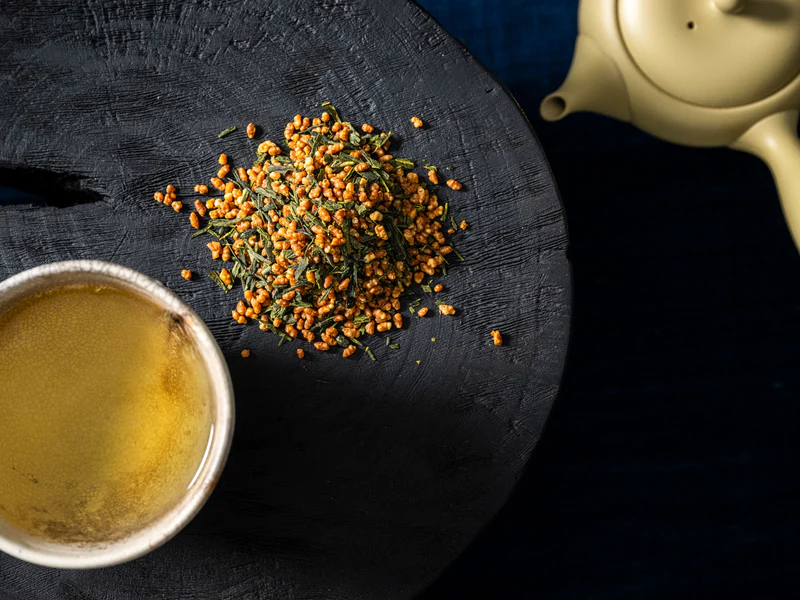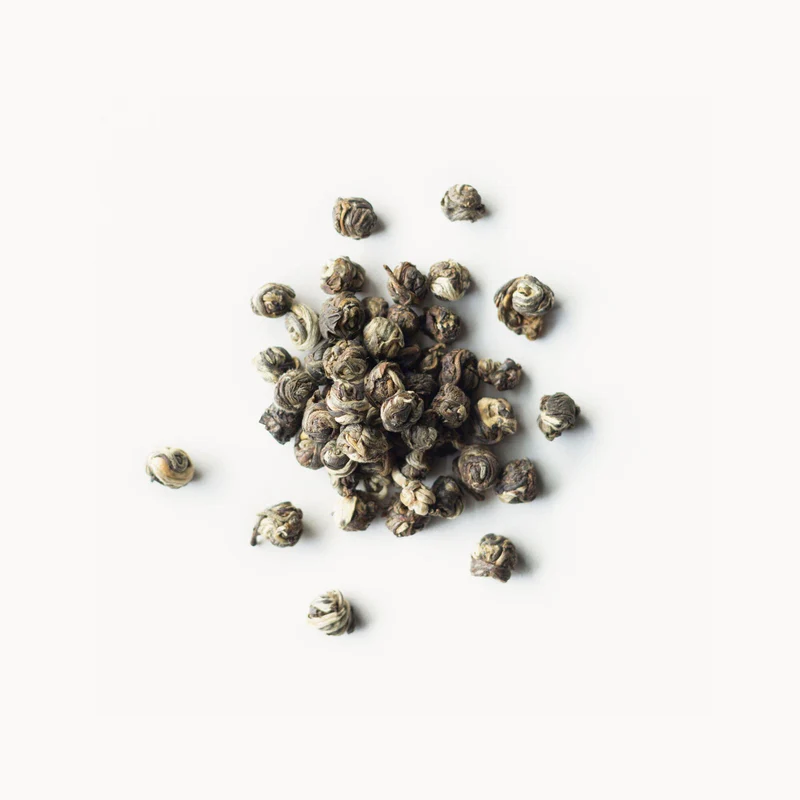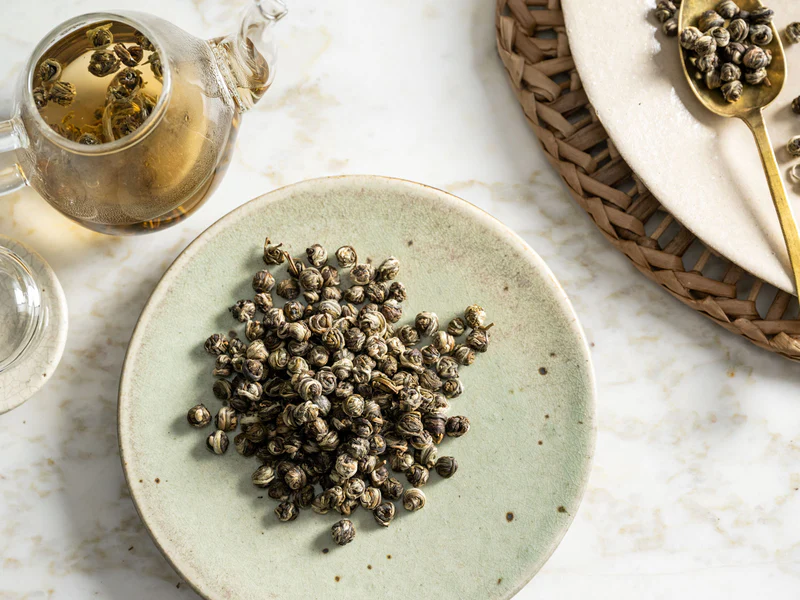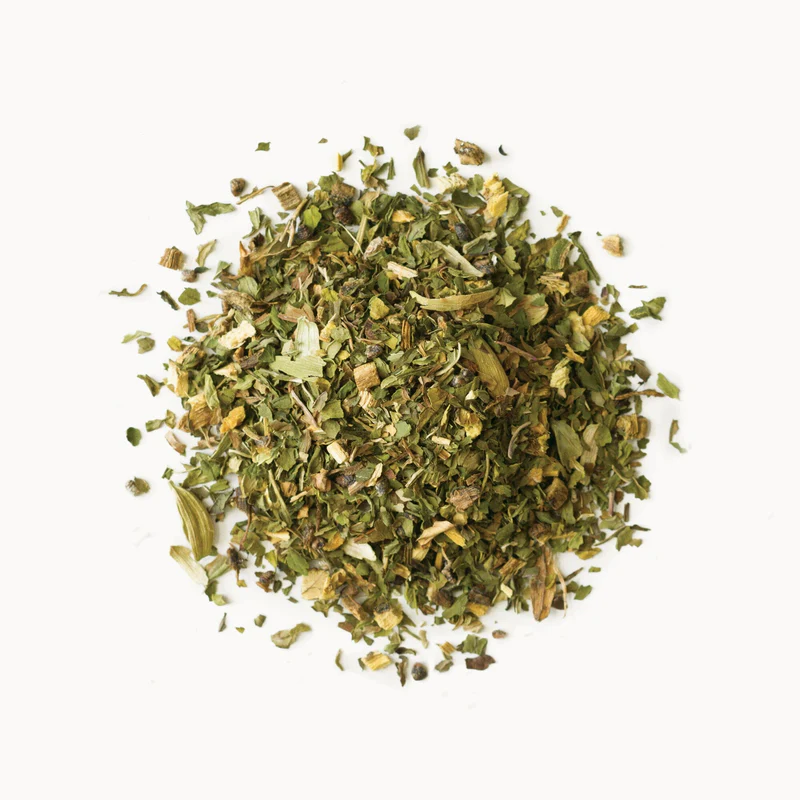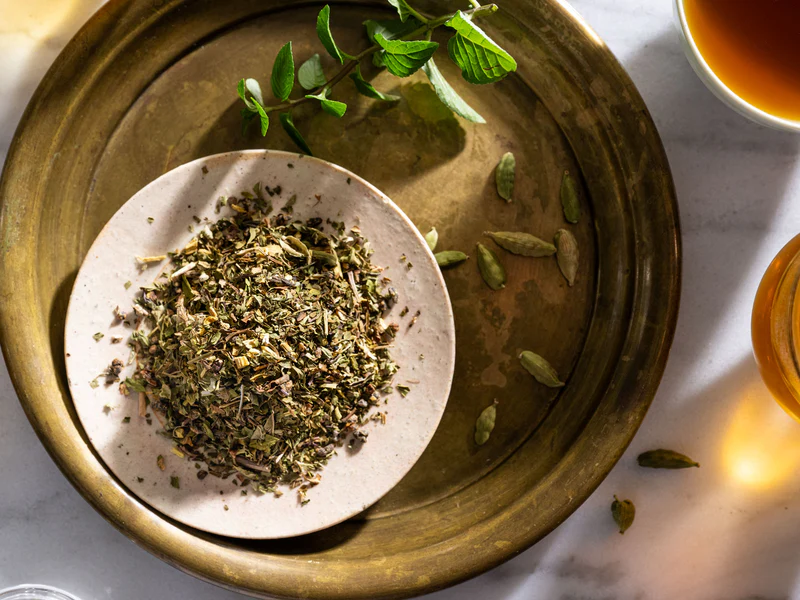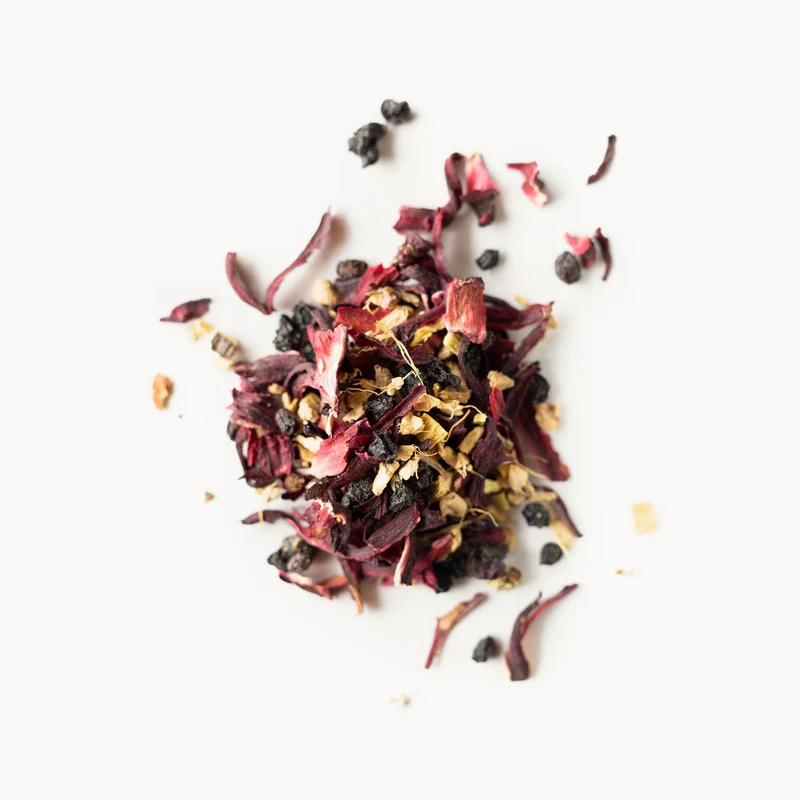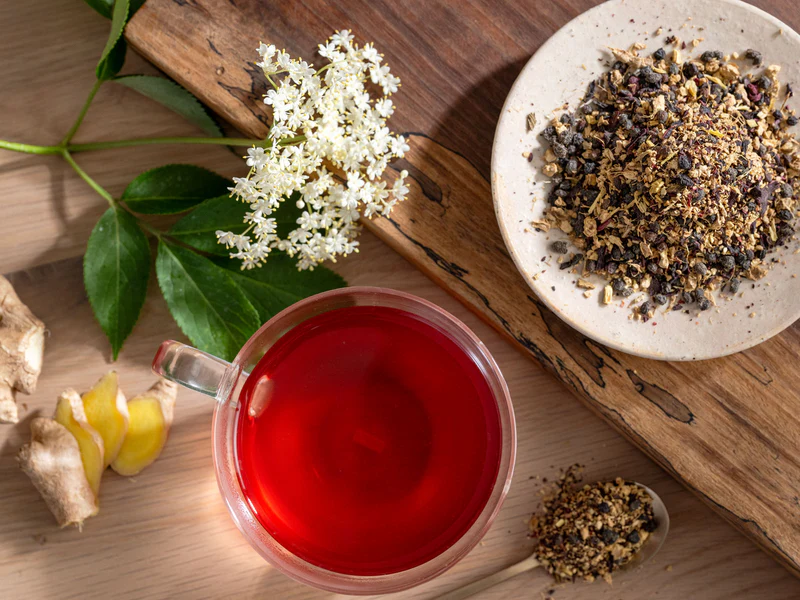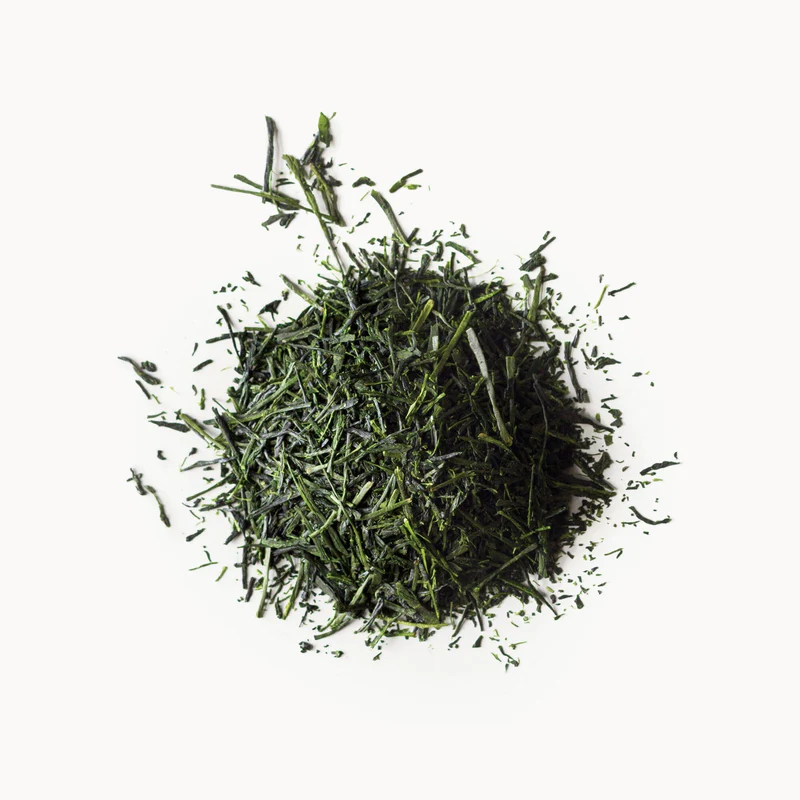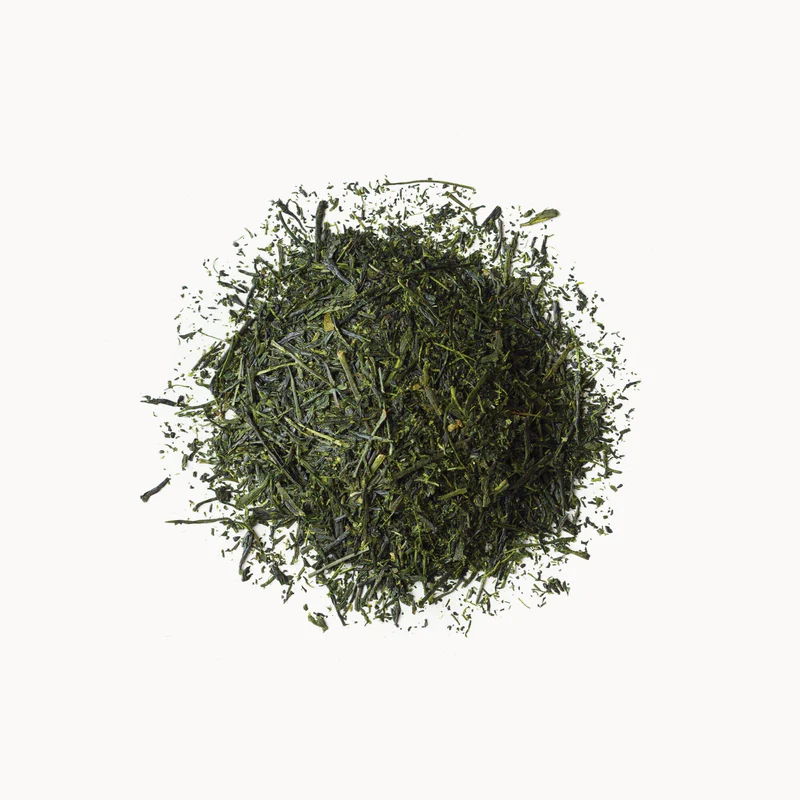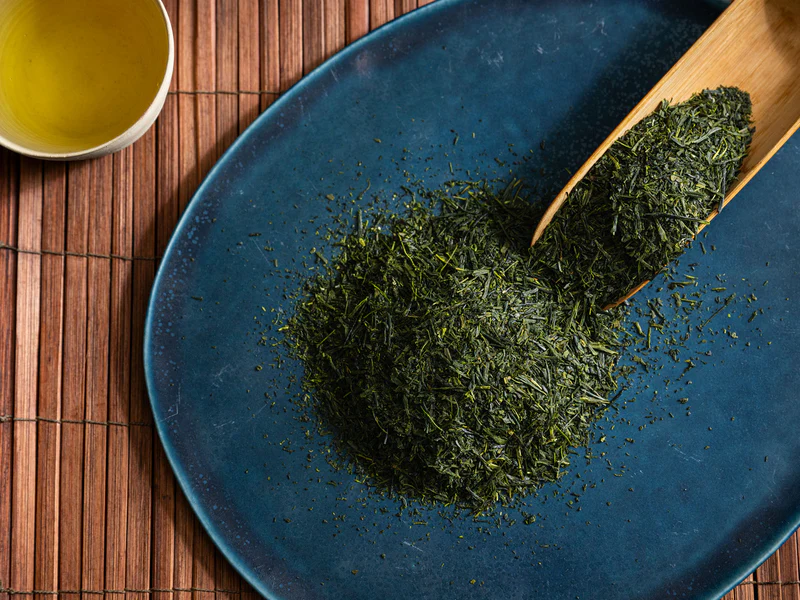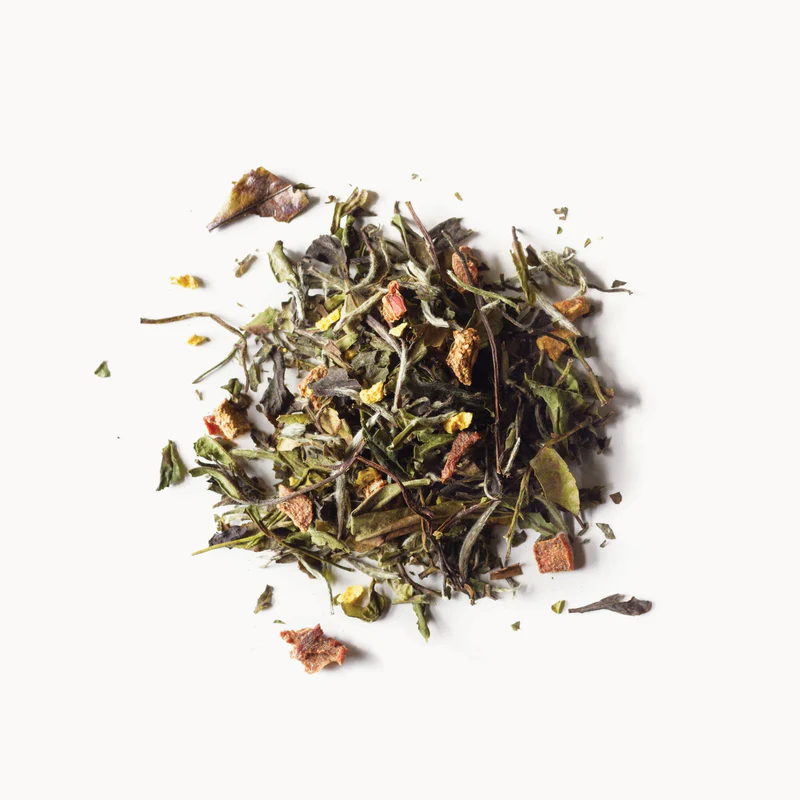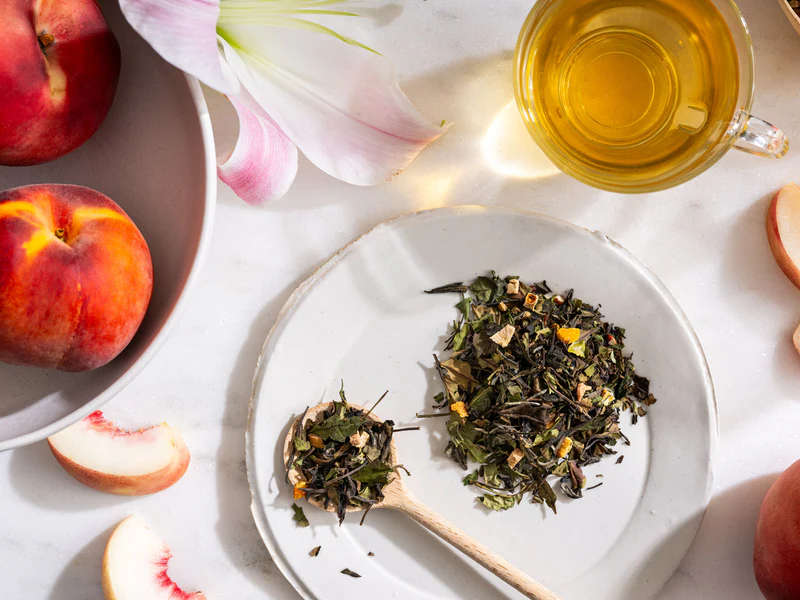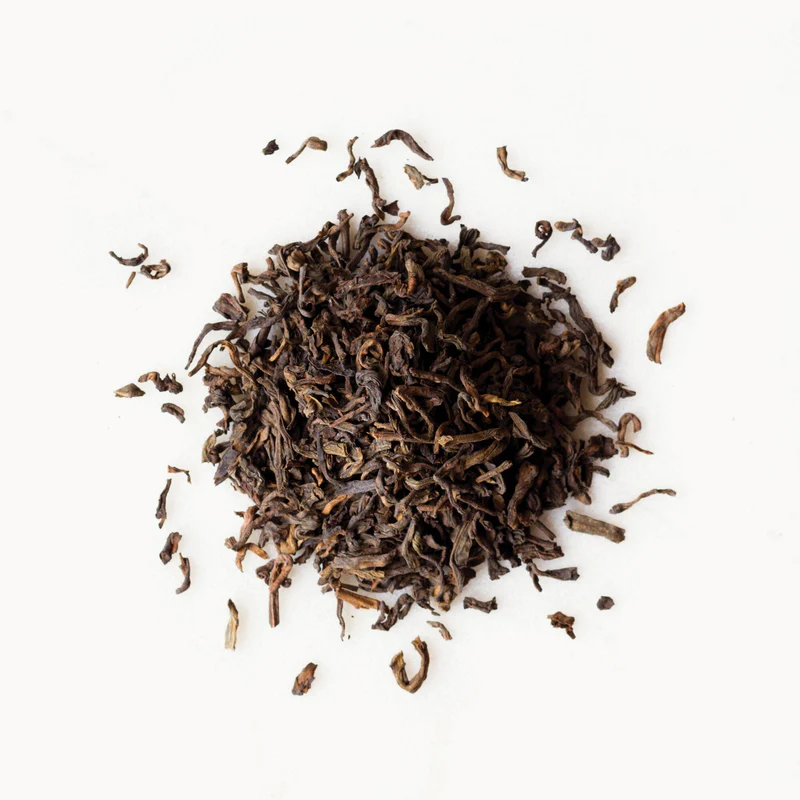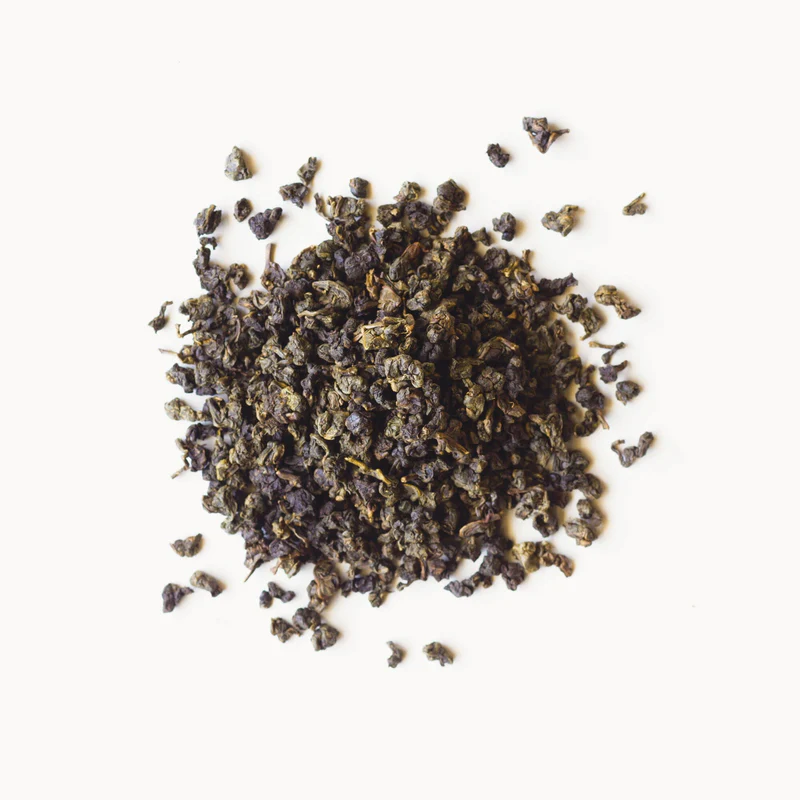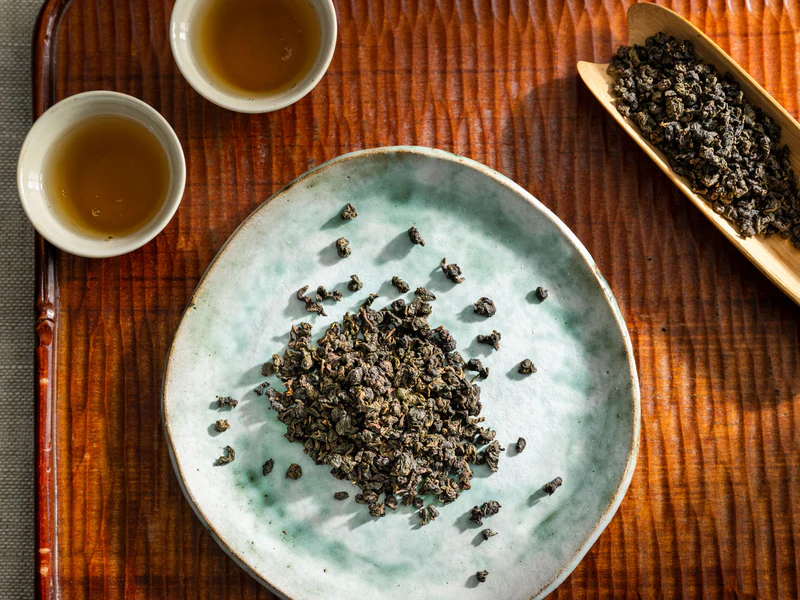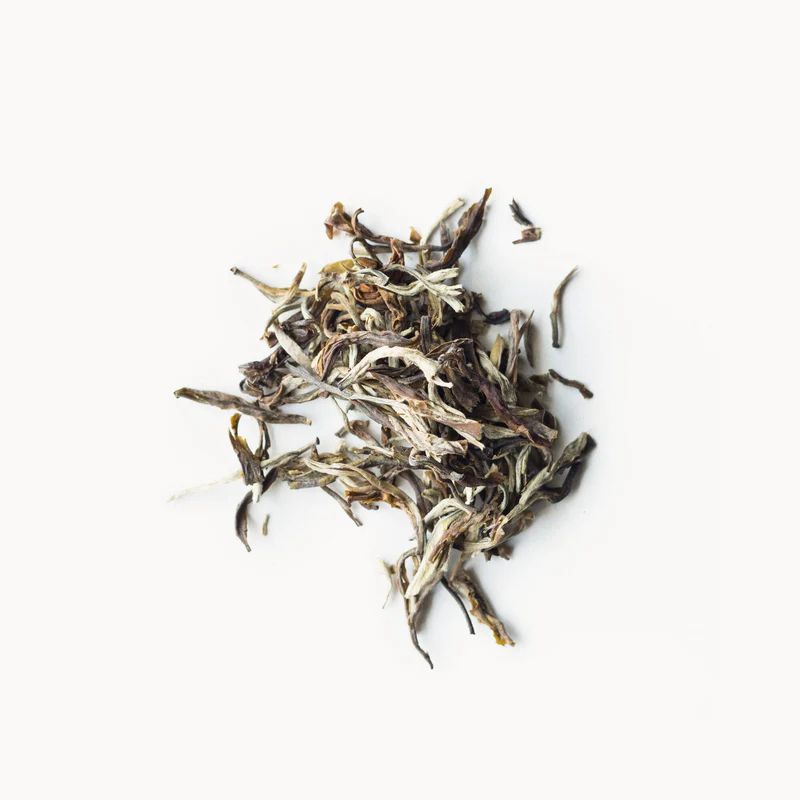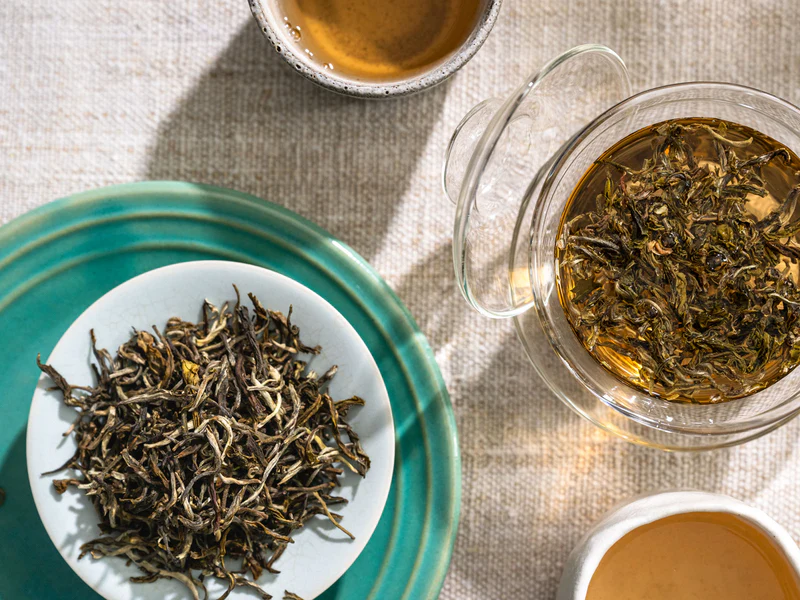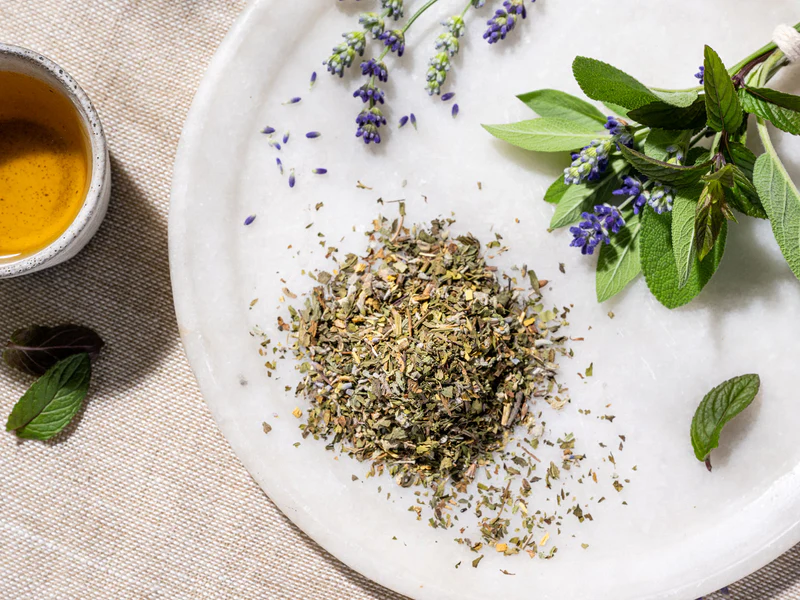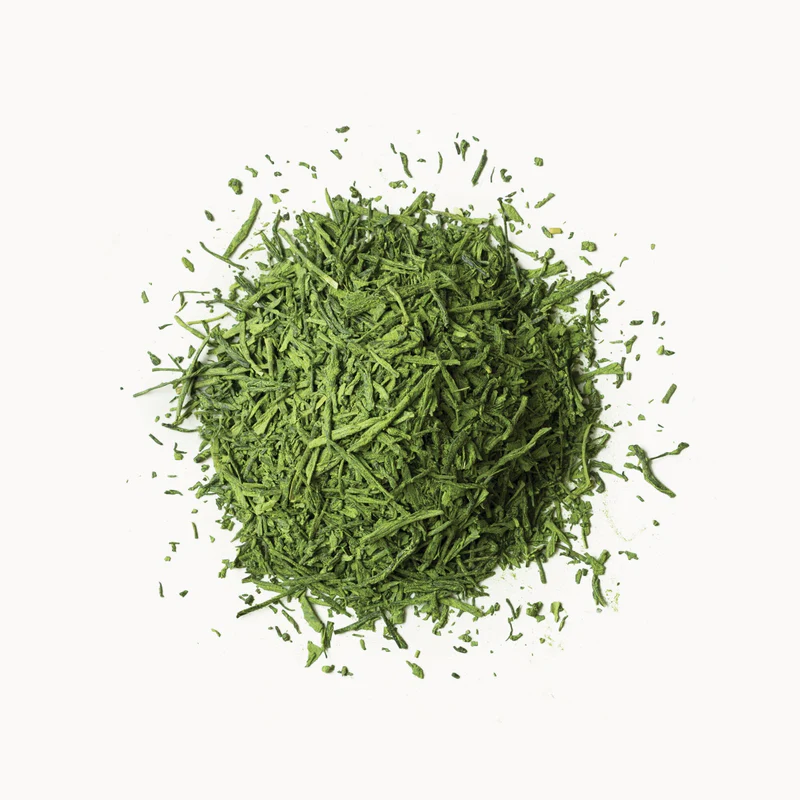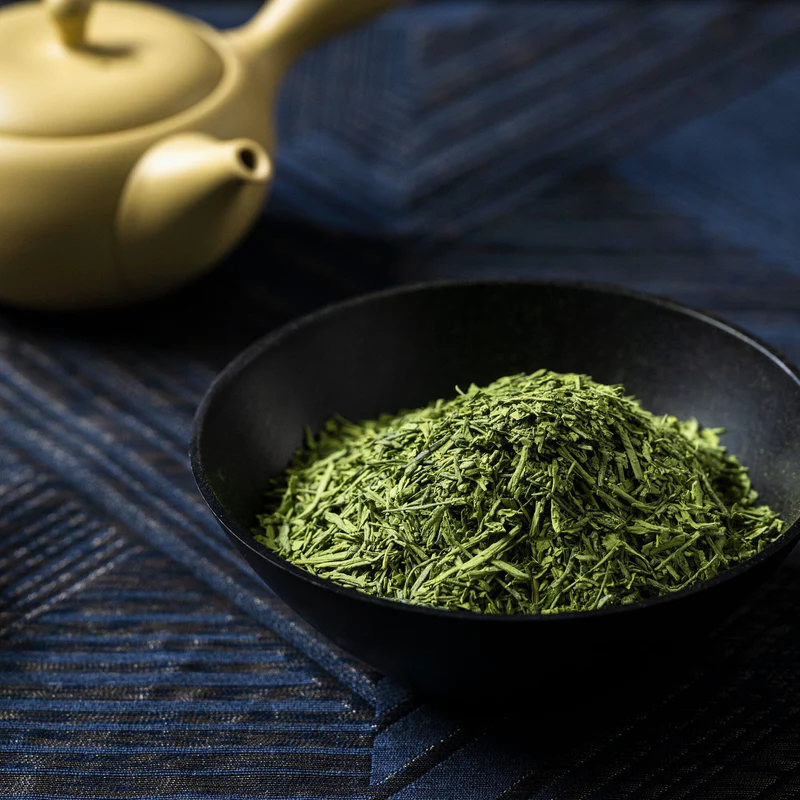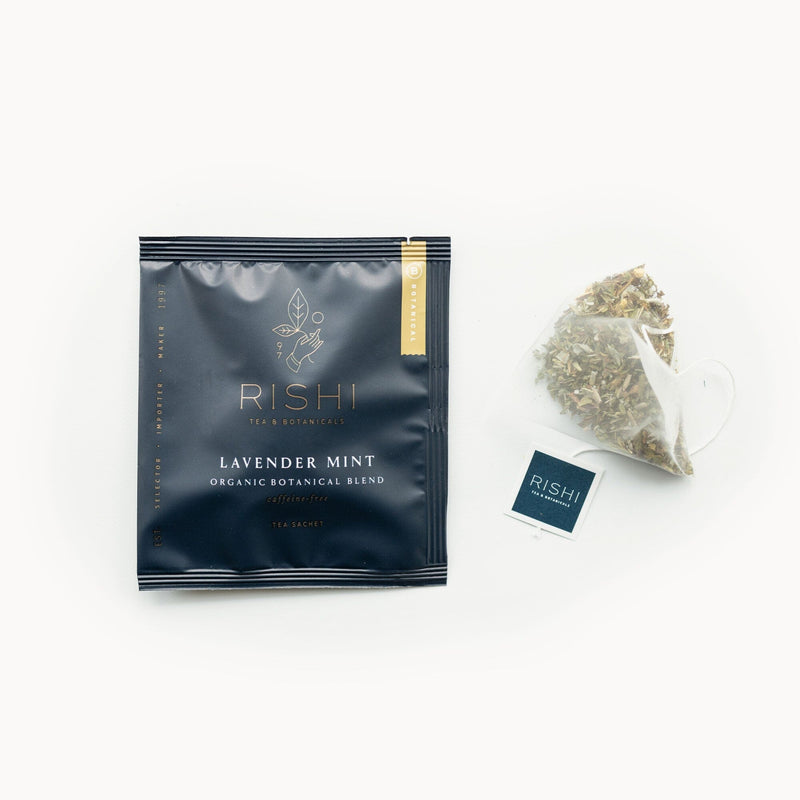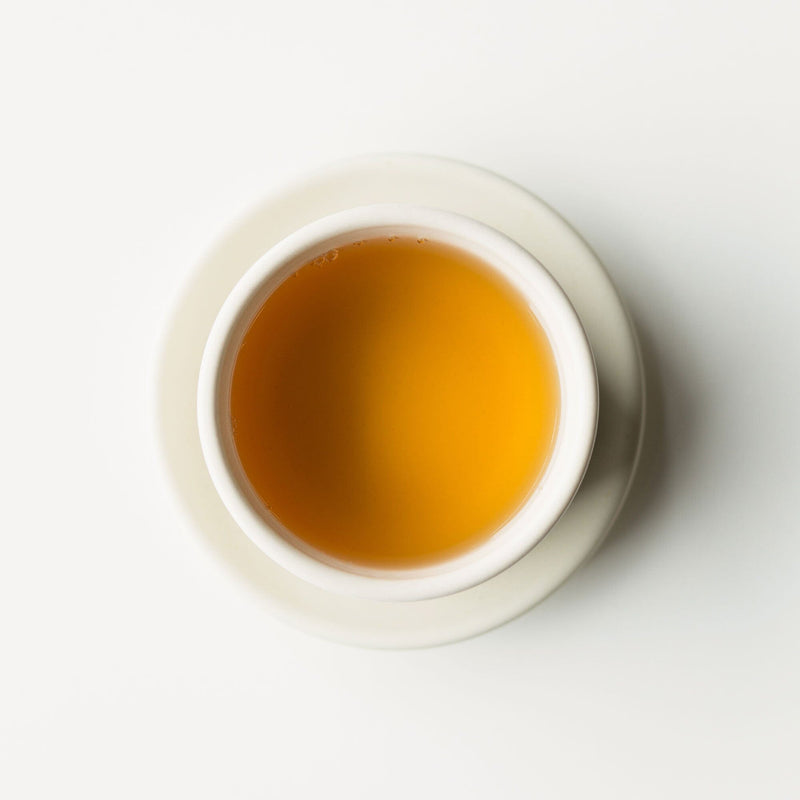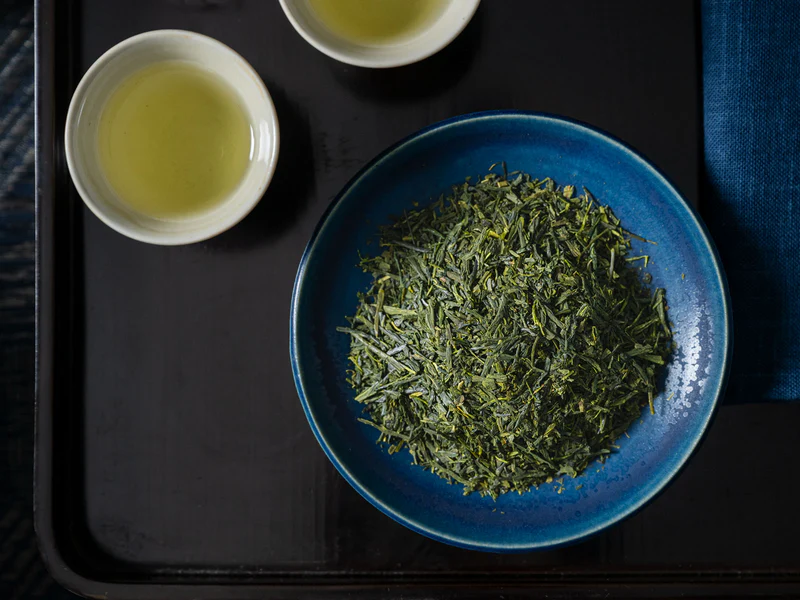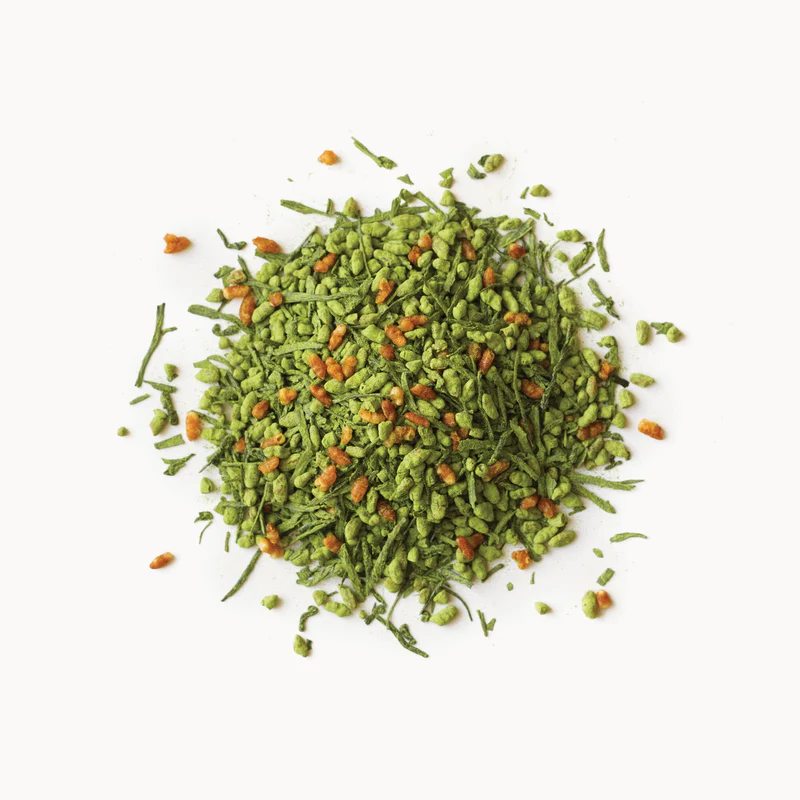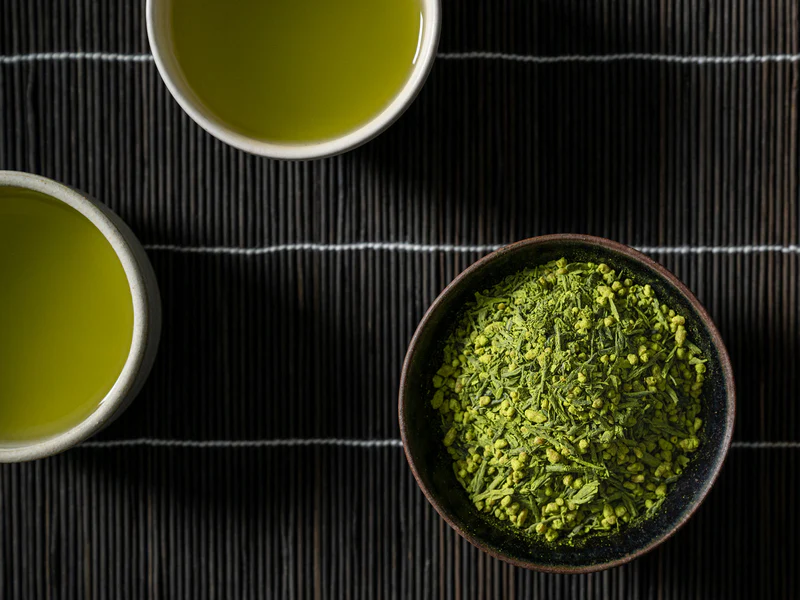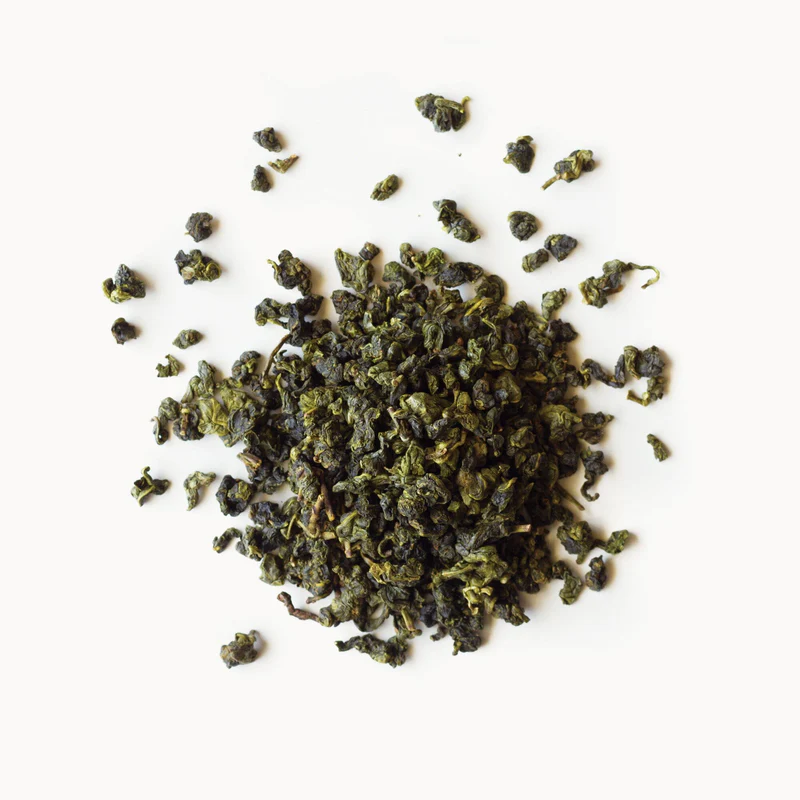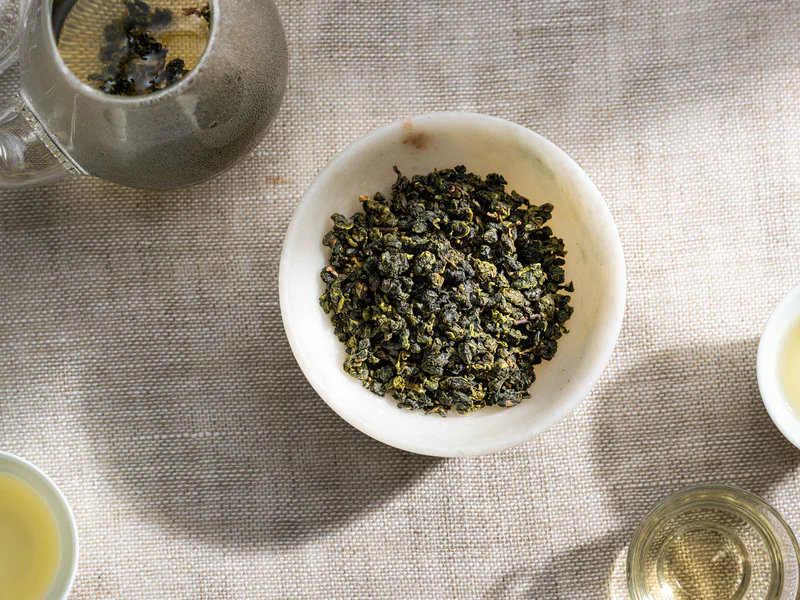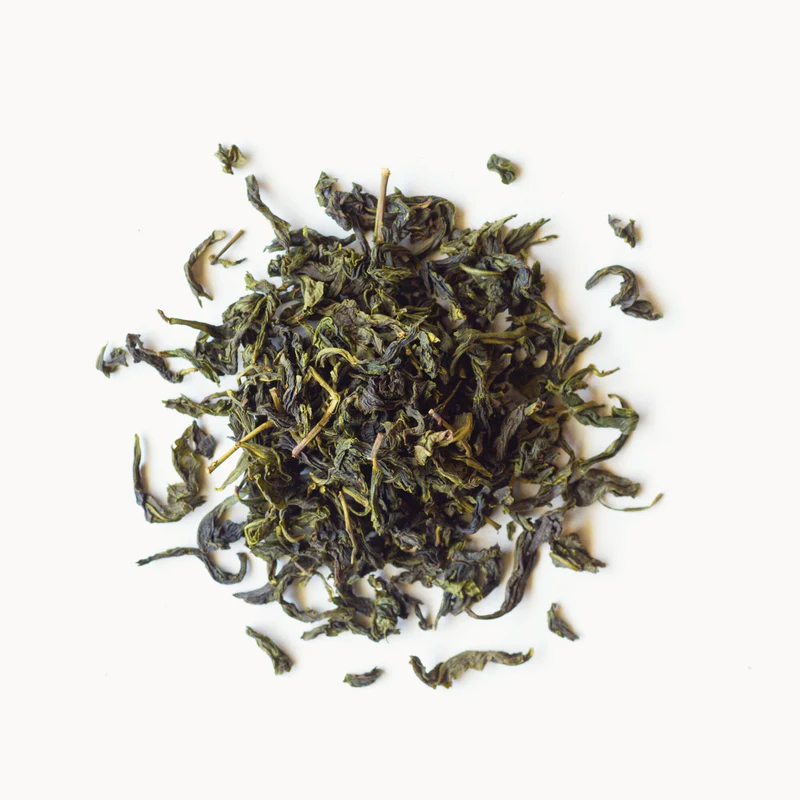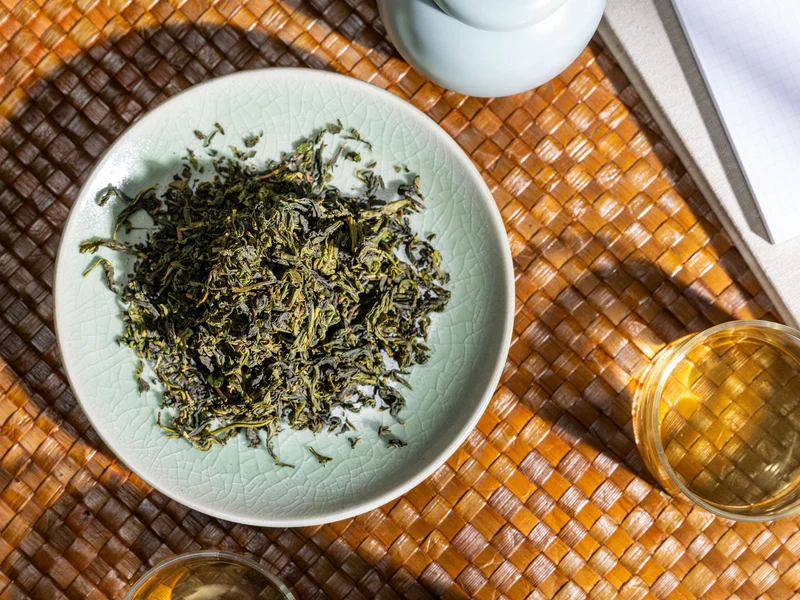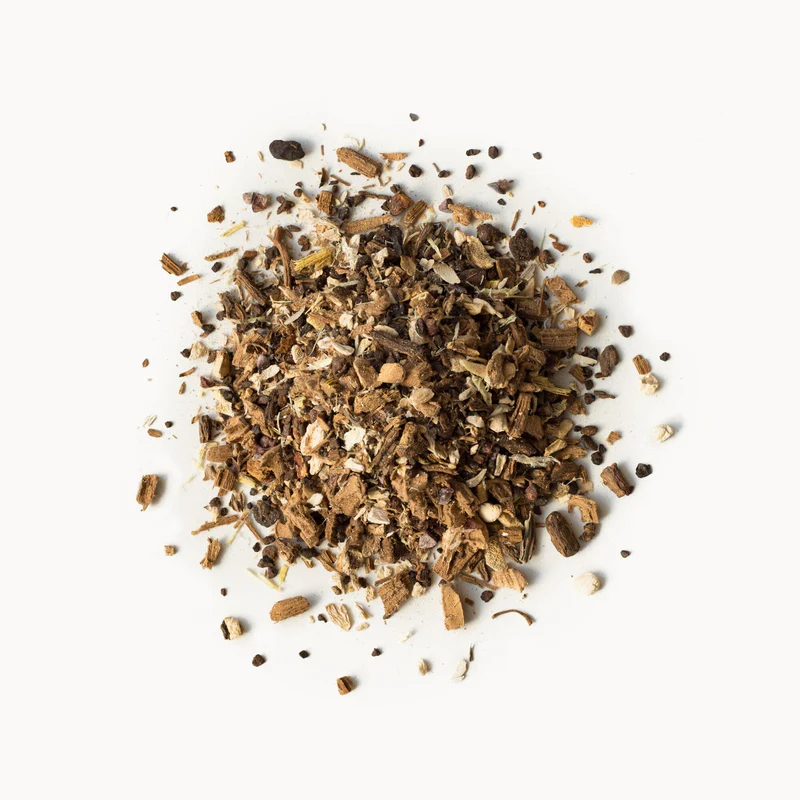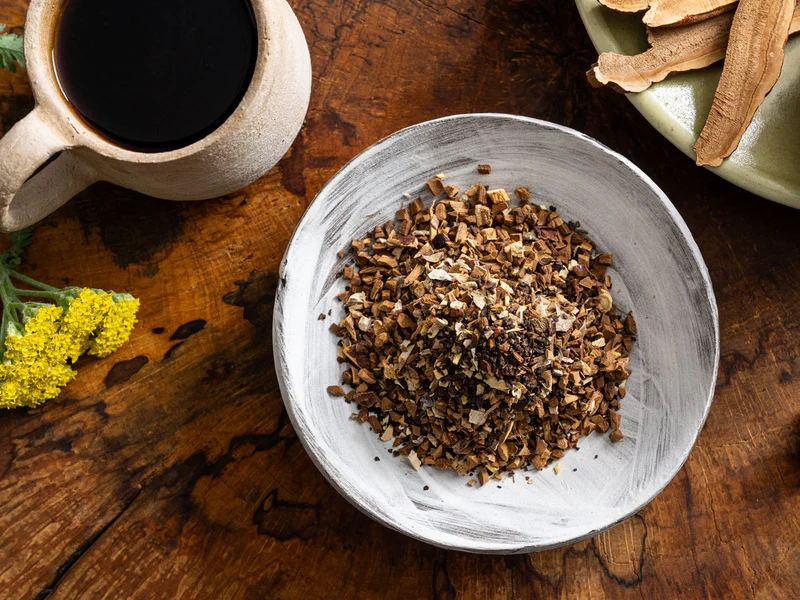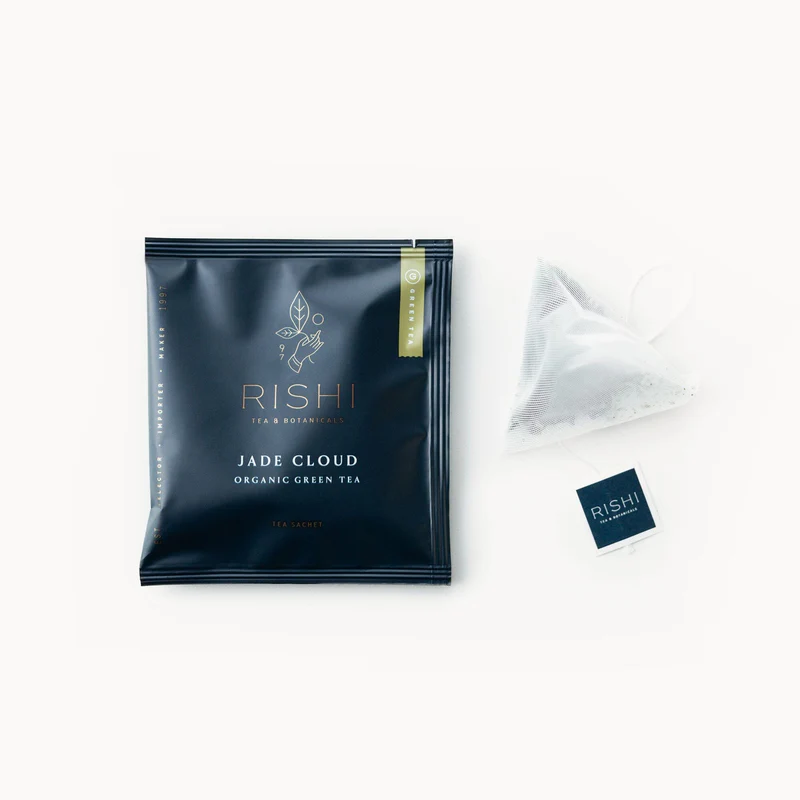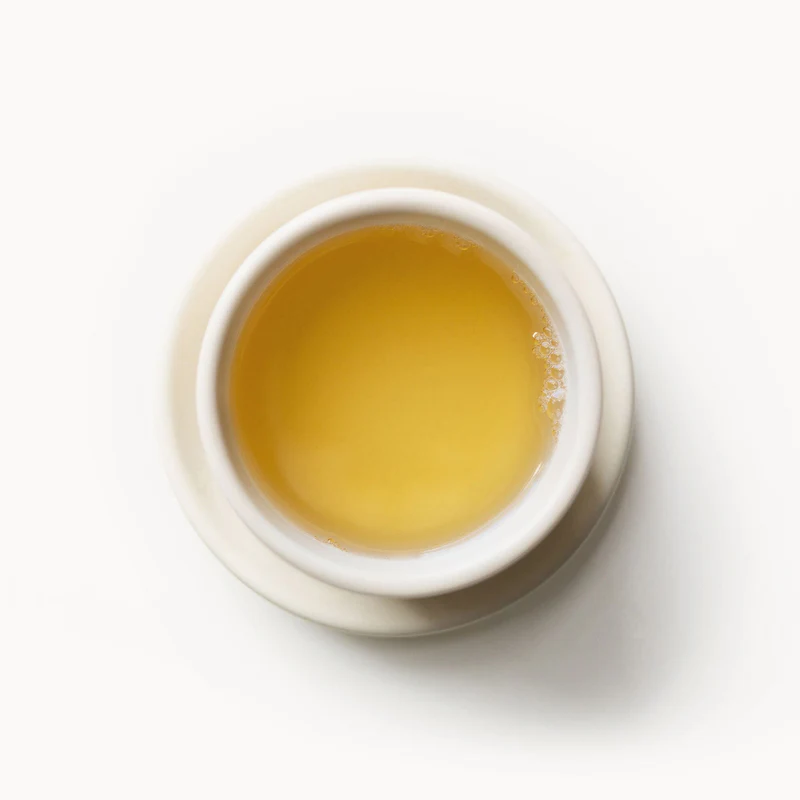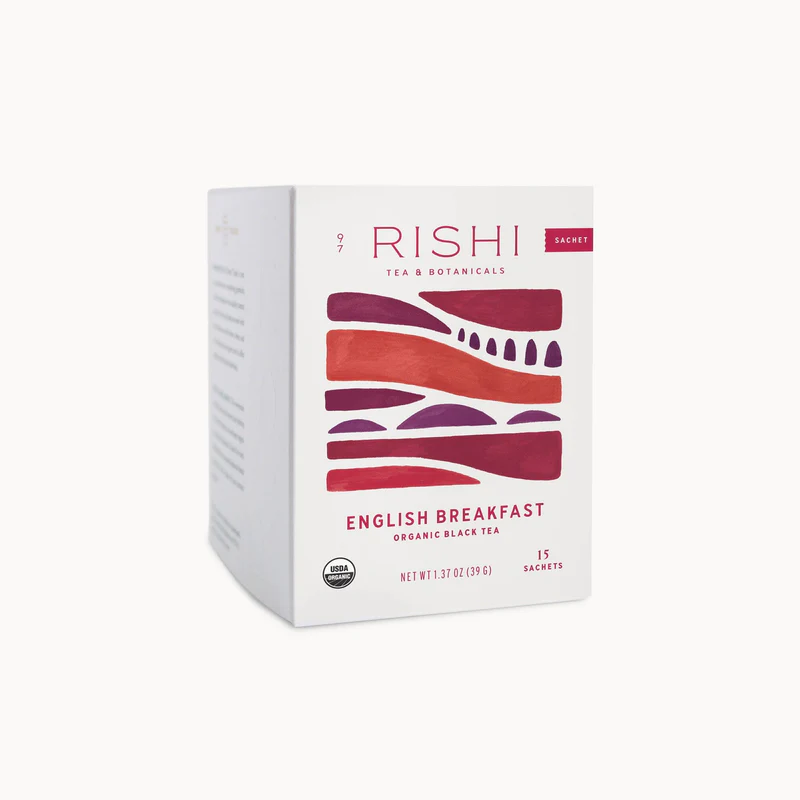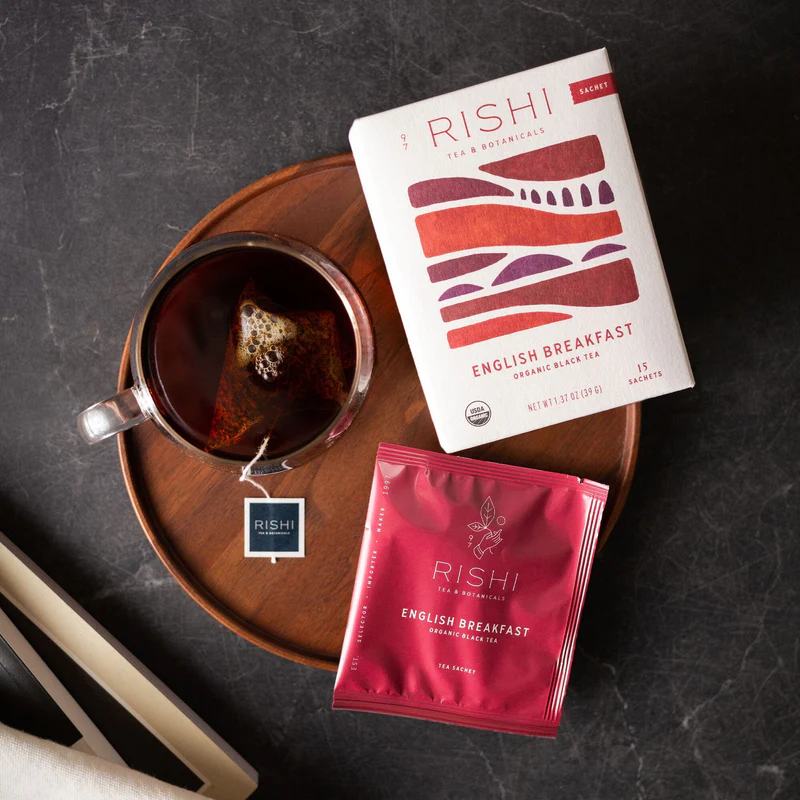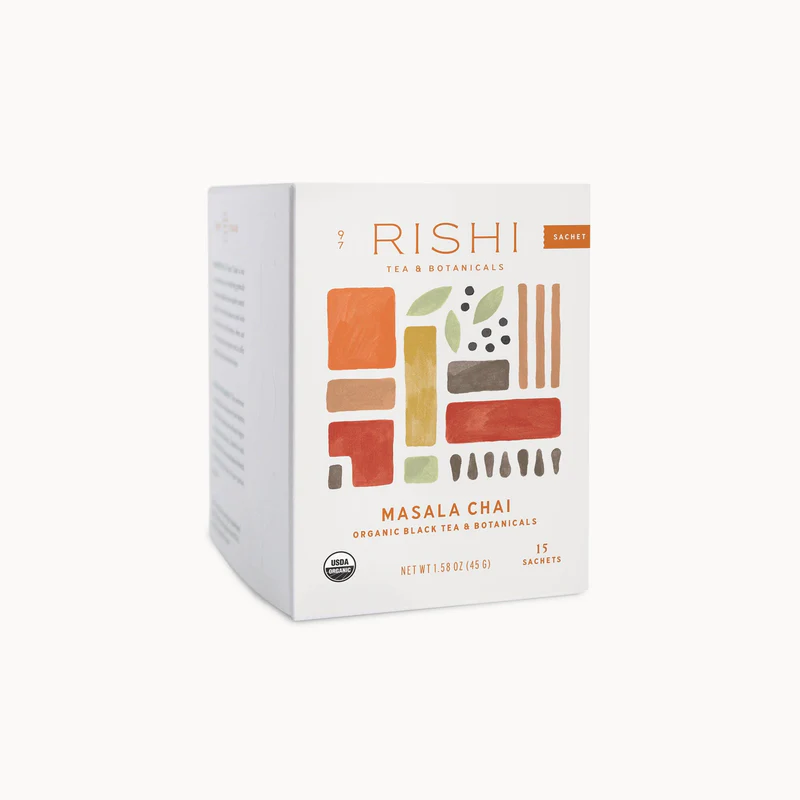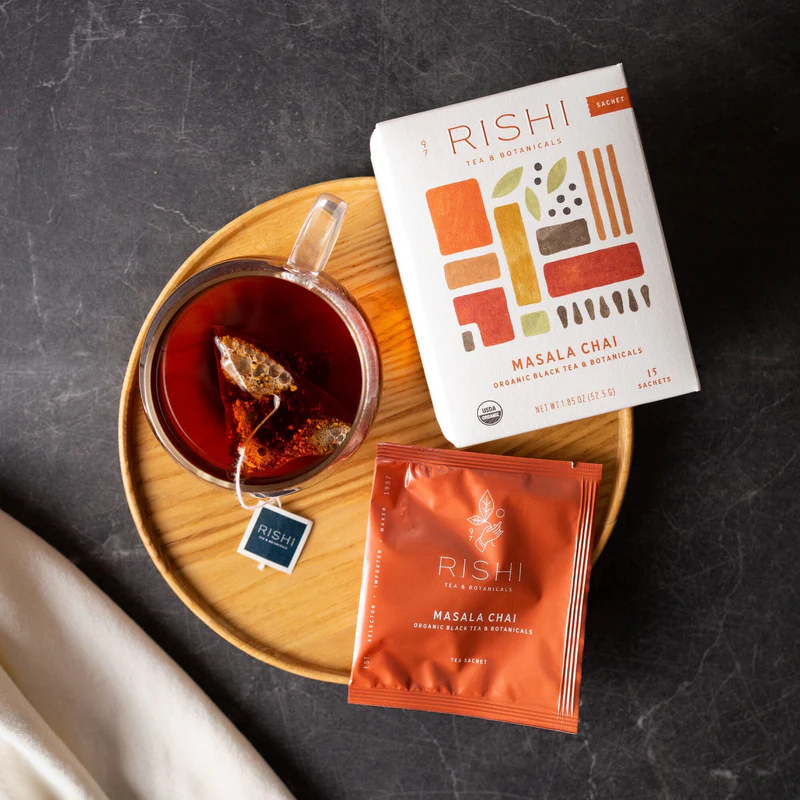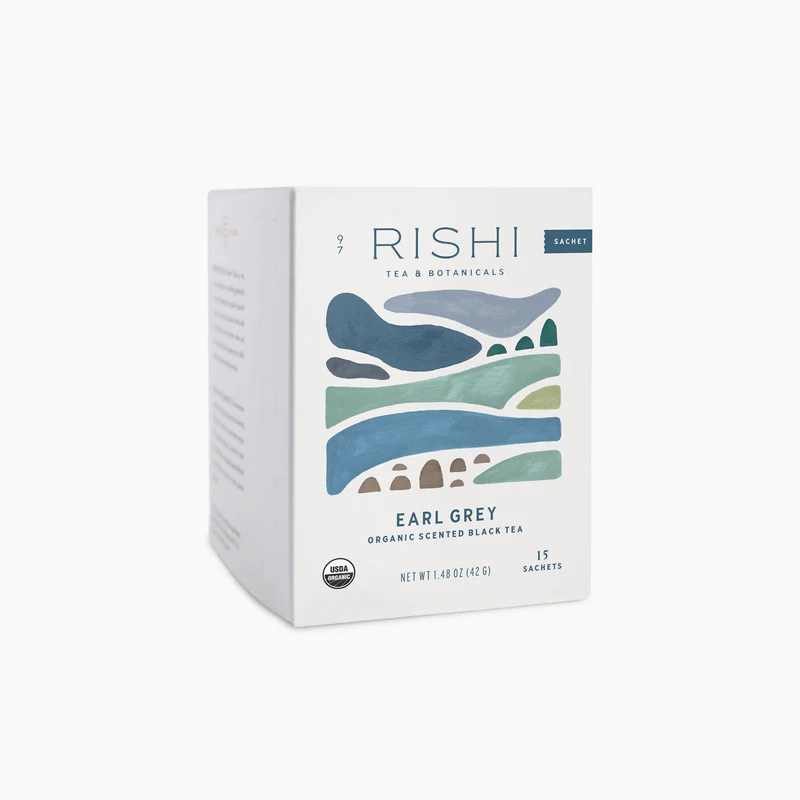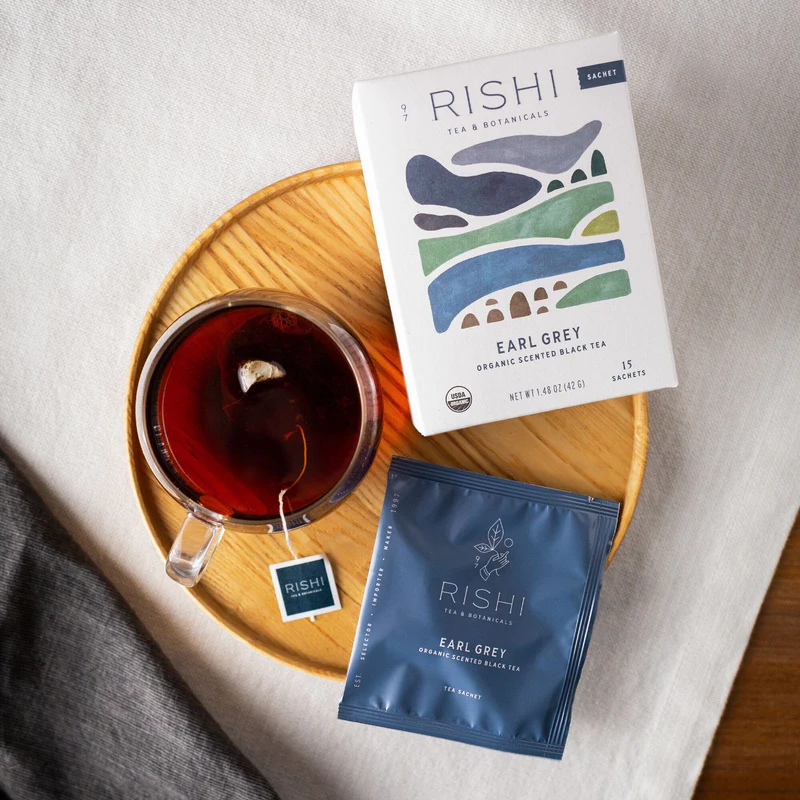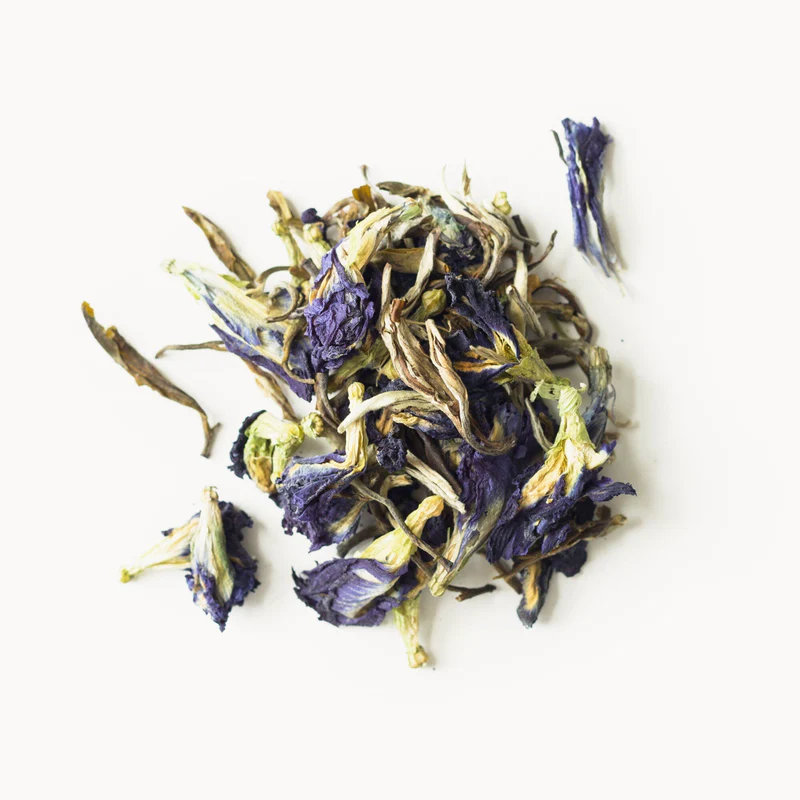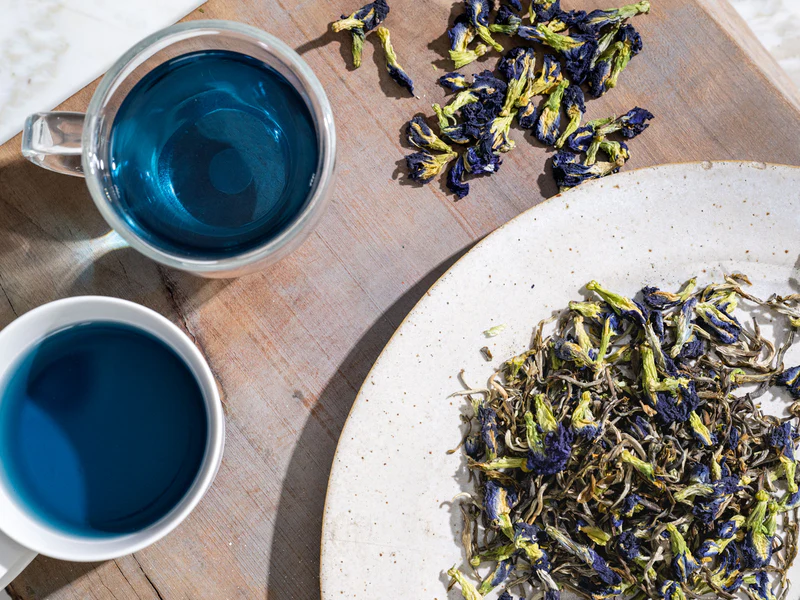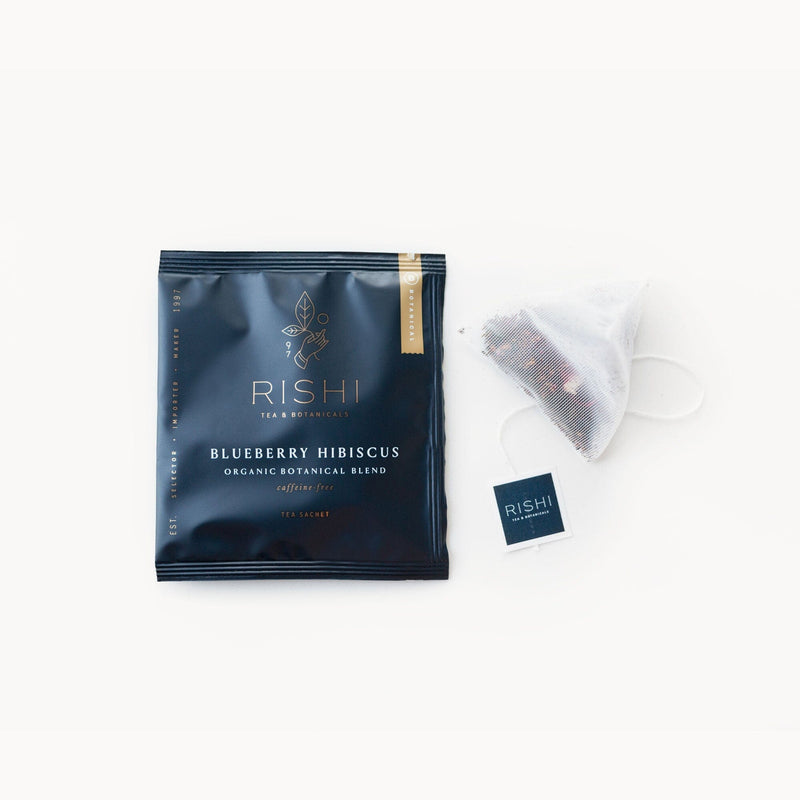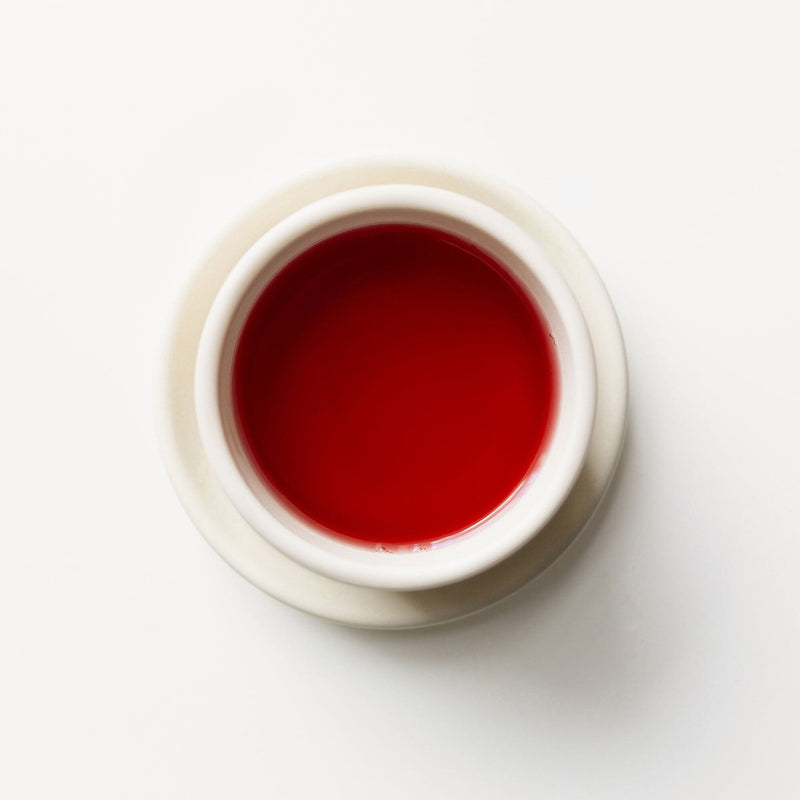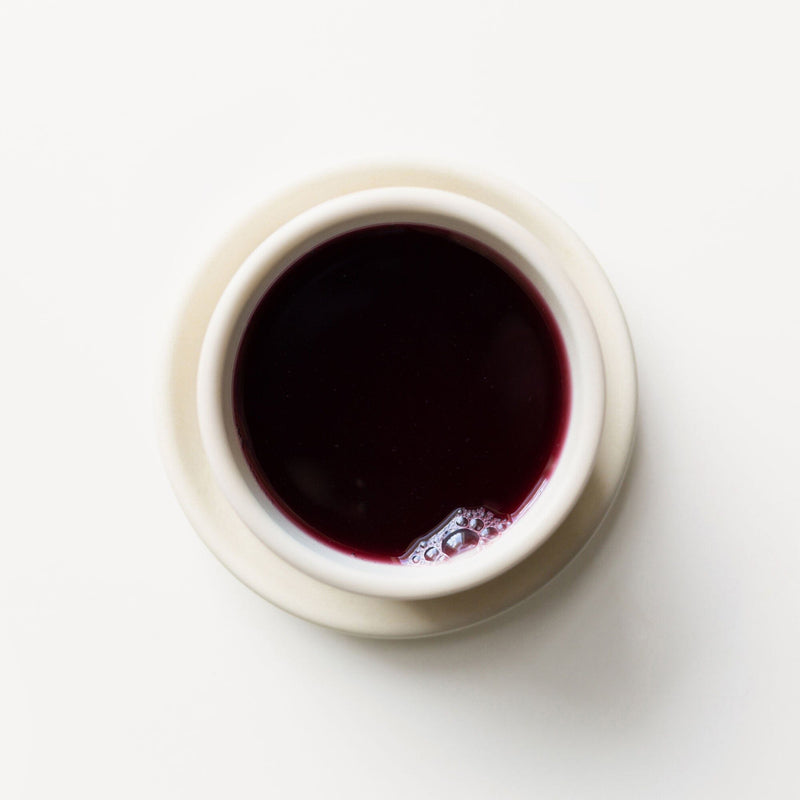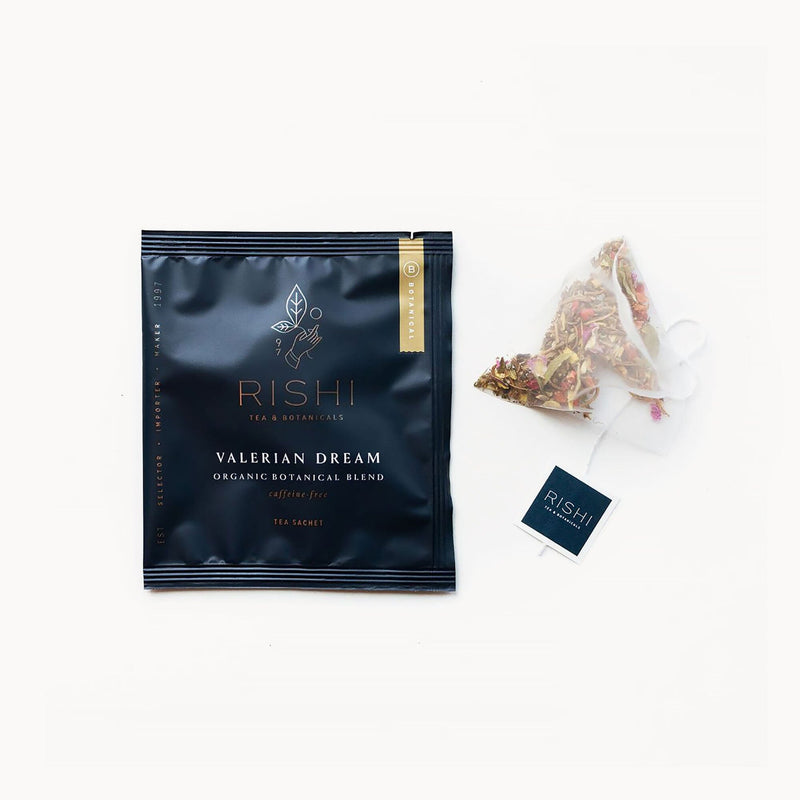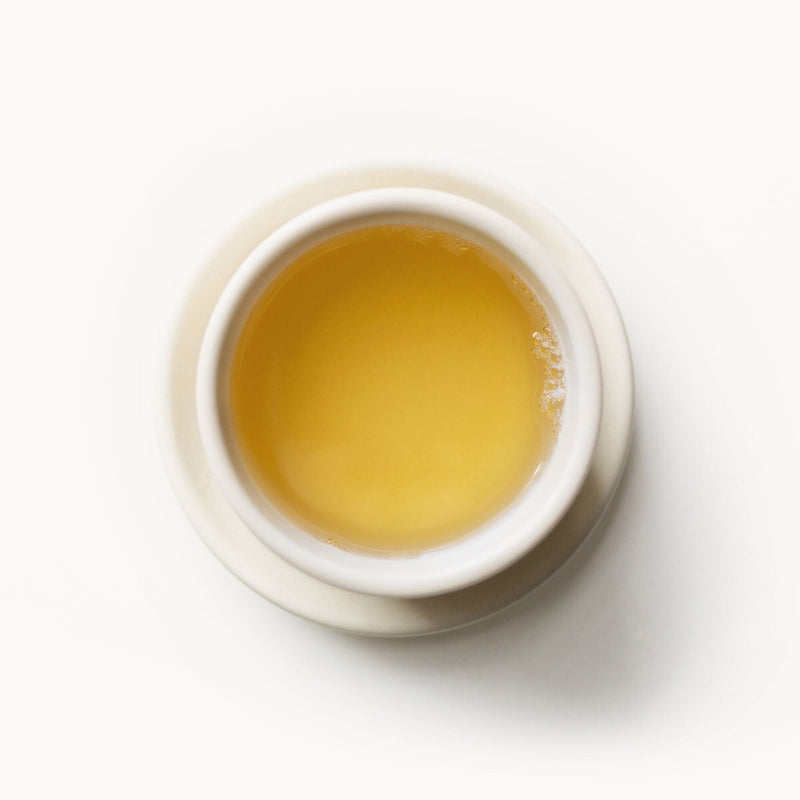- All Tea •
- Loose Leaf Teas • Phoenix Dancong Mi Lan Xiang






Phoenix Dancong Mi Lan Xiang
Raw honeycomb, nectarine, grape skins, long lasting orchid aroma
About this tea
Phoenix Dancong is a special style of oolong tea produced in Chaozhou’s Fenghuang “Phoenix” Mountain, a coastal region of Guangdong, in Southeastern China. This region is an ancient tea growing area celebrated for its mineral-rich soils, misty and foggy climate in a mountainous and rocky forested landscape. The region is home to a diverse range of aromatic oolong tea cultivars developed through generations of selective cultivation, breeding and grafting.
The top class of Dancong are extremely precious and often thousands of dollars a kilogram. These are in fact single and super small batches, harvested and produced from one tree. The accessible-premium and everyday grades of Dancong (still several hundreds of dollars a kilogram) are cultivated and harvested from gardens that are planted with a single genetic strain of tea and sold in single batches that are not blended with other cultivars or gardens, so the name “Dancong” (single trunk) endures as the rightful trade name of this prestigious category of aromatic oolong tea. Dancong teas are produced from a specific range of tea genetic strains that grow in the Chaozhou region for more than 2000 years.
Many of the local Dancong tea tree varieties are named for their “xiang” or “aroma” type. The local teas in this coastal region of the Chaozhou are mainly referred to as Dancong Oolong (single tree or single trunk oolong) and share similar aromas with various fruits and flowers like: tuberose, orchids, ginger flowers, citrus blossoms, honey, peach, almonds and other and tropical fruits or flowers.
Succulent and aromatic, Mi Lan Xiang, “honey & orchid aroma,” is a very popular Dancong cultivar that is beloved for its luscious and deep taste of peach, nectarine and orchid that is balanced with an elegant astringency and sappy sweetness of tropical honeycomb. The specific compounds that produce the orchid and peachy aromas in Mi Lan Dancong tea are not yet fully identified. However, it is believed that a combination of floral-scented compounds such as benzyl acetate, linalool, and geraniol coupled with a high content of jasmine lactones contribute to the unique fragrance of Mi Lan Dancong Oolong. Jasmine lactone is an aromatic compound with a fruity and peachy-nectarine note. It occurs naturally in jasmine flowers, tuberose, gardenia, mimosa, honeysuckle, lily, tea, peaches, and ginger. These aromatic compounds and many others are naturally occurring in Dancong oolong tea plants at different levels and ratios so the “Xiang” or aroma of Dancong Oolong teas ranges widely.
Origin
Da An Village, Fenghuang Town, Chaozhou, Guangdong, China
Cultivar
Mi Lan Xiang 蜜兰香 80-year-old tree garden
Harvest
April 2024
Elevation
600-800m
Ingredients
Oolong tea


Ingredients
Oolong tea
Origin
Da An Village, Fenghuang Town, Chaozhou, Guangdong, China
Cultivar
Mi Lan Xiang 蜜兰香 80-year-old tree garden
Harvest
April 2024
Elevation
600-800m
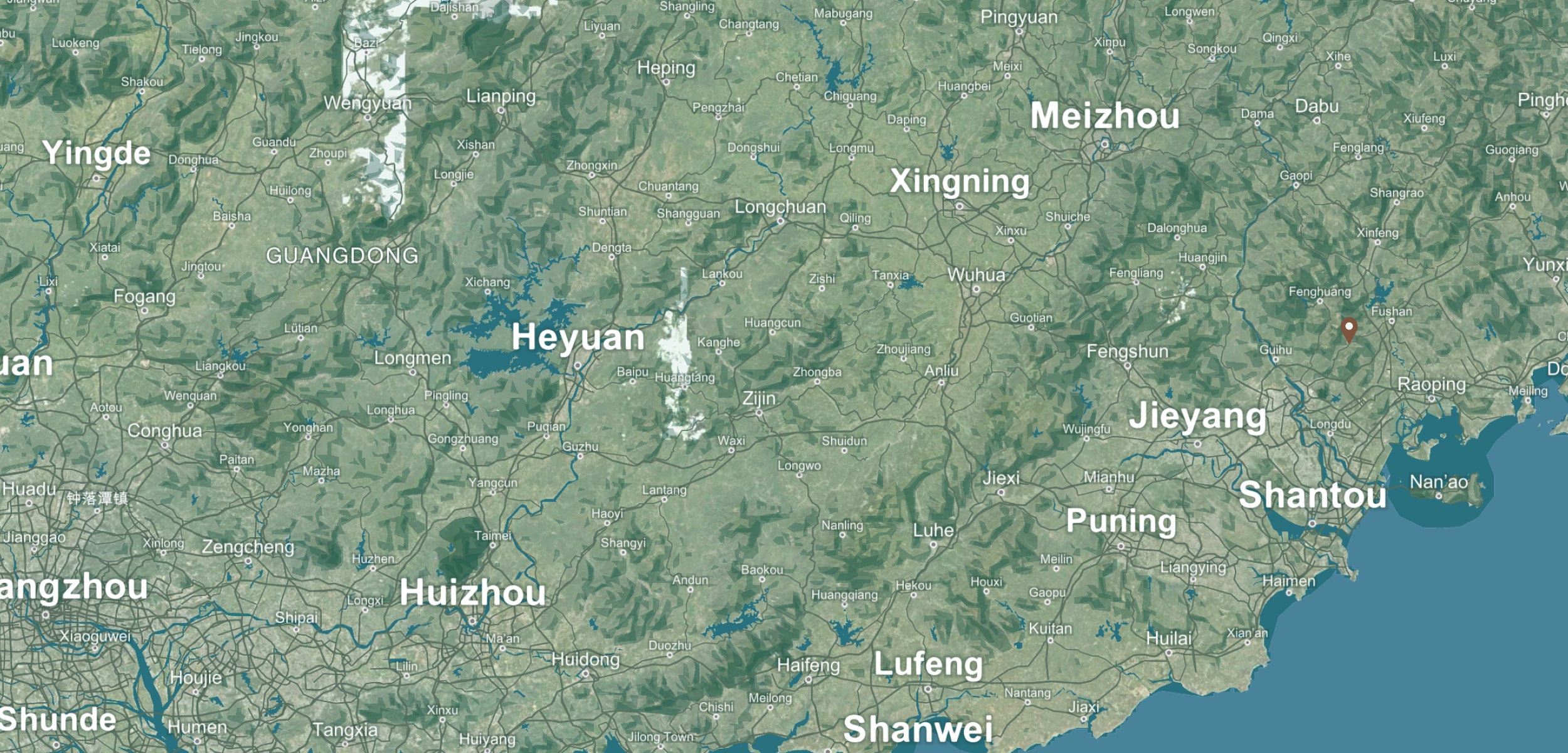

Origin
Fenghuang Town
Chaozhou, Guangdong, China
Chaozhou's Fenghuang "Phoenix" Mountain is a coastal region of Guangdong, in Southeastern China. This region is an ancient tea growing area celebrated for its mineral-rich soils, misty and foggy climate in a mountainous and rocky forested landscape. The region is home to a diverse range of aromatic oolong tea cultivars developed through generations of selective cultivation, breeding and grafting. The local teas in this coastal region of the Chaozhou are mainly referred to as Dancong Oolong (single tree or single trunk oolong) and share similar aromas with various fruits and flowers like: tuberose, orchids, ginger flowers, citrus blossoms, honey, peach, almonds and other and tropical fruits or flowers.








Teaware
Everything You Need to Brew the Perfect Cup
Everything You Need to
Brew the Perfect Cup
Preparation
- Imperial
- Metric
Traditional Tea Preparation
Add 7g to a gaiwan or gongfu teapot (per 150mL).
Use 212°F boiling water.
Briefly rinse the tea and discard rinse.
Proceed to infuse 1st brew for 5-10 seconds.
Infuse 2nd, 3rd and 4th brew for 10-15 seconds.
Repeat several more times at 20-30 seconds, brewing until the flavor and aroma of the tea dissipates. As the tea leaves expand and unfurl, the brewing time may increase to coax out more aroma and flavor. This tea can be brewed several times in one session.
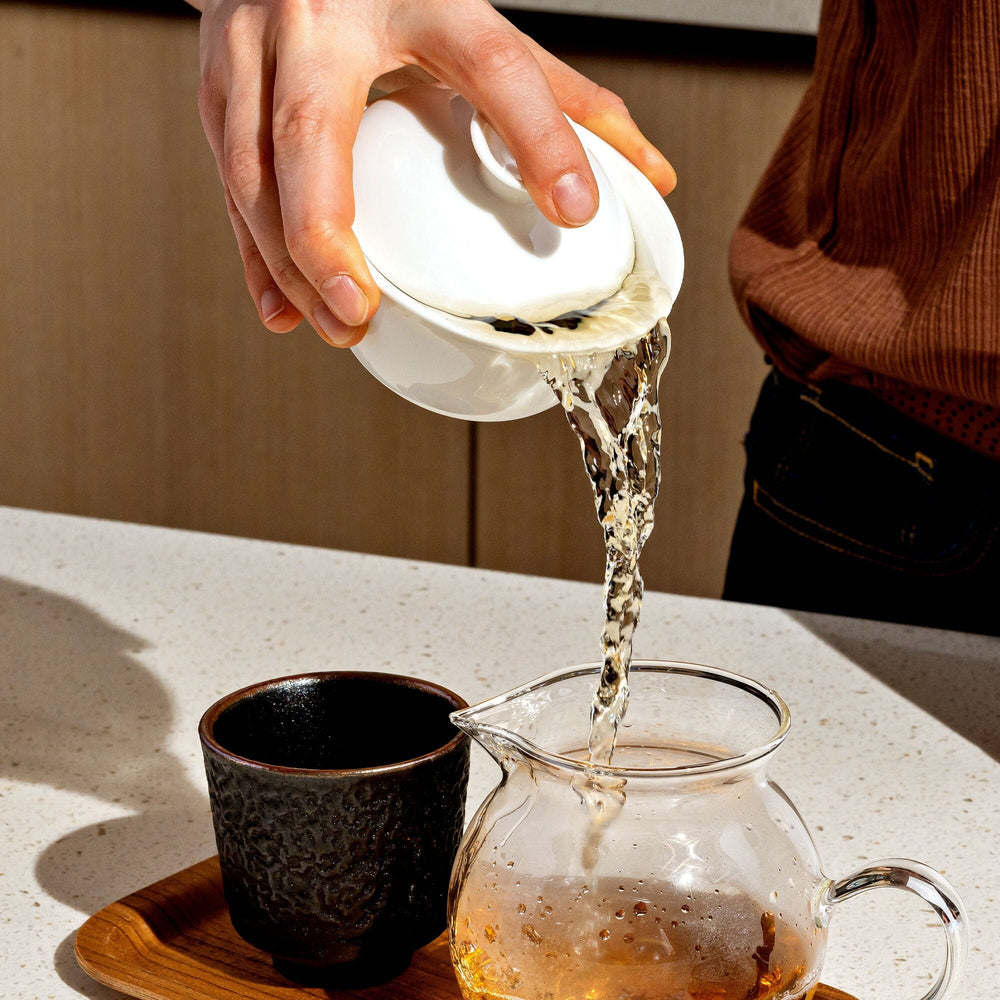
 Best Sellers
Best Sellers


